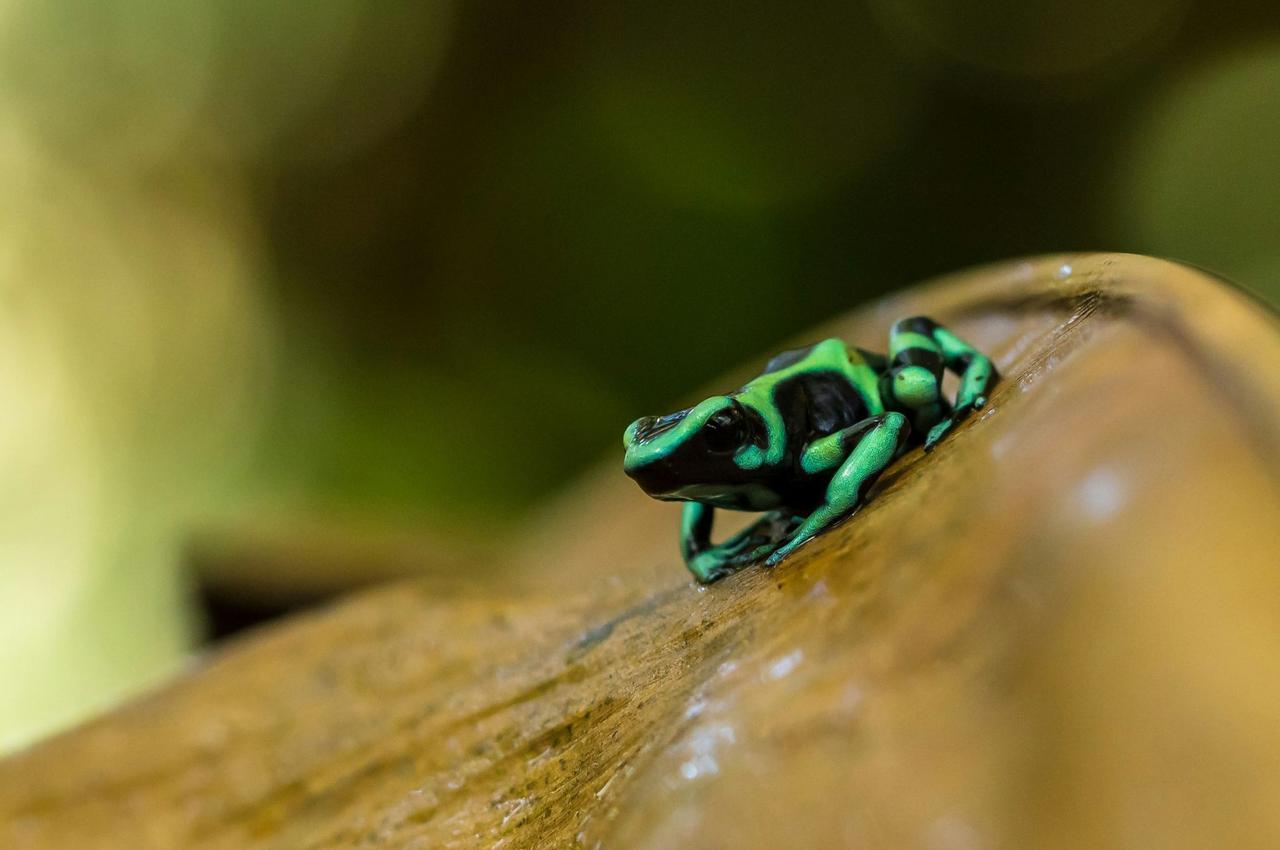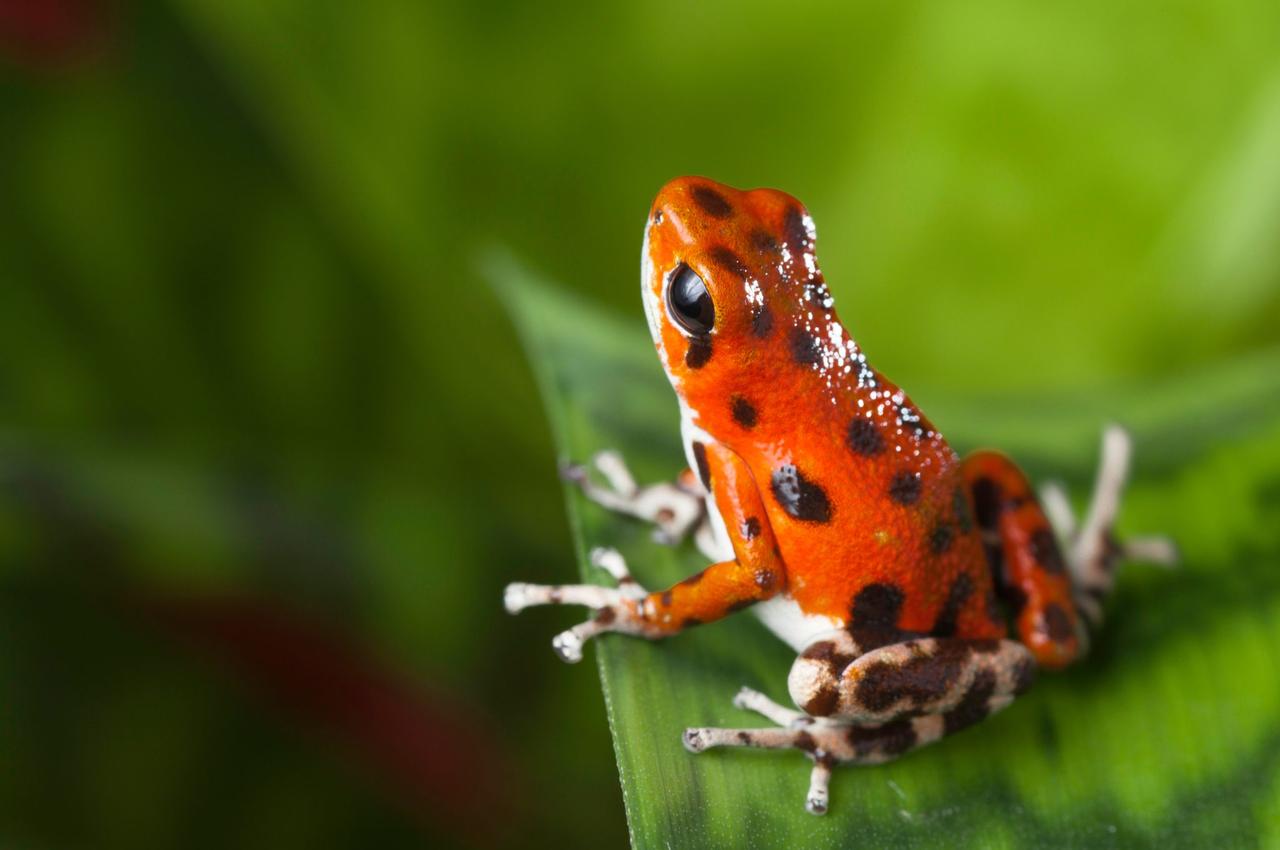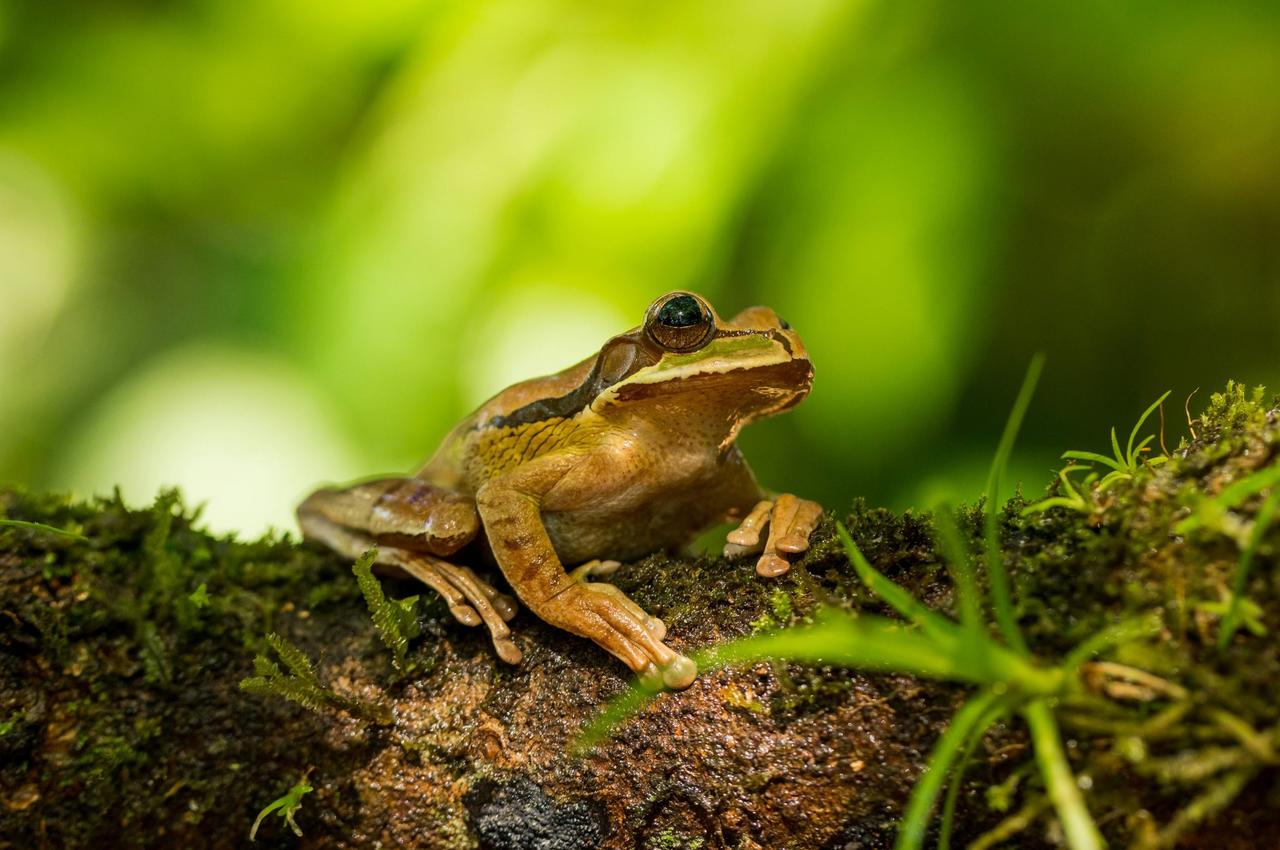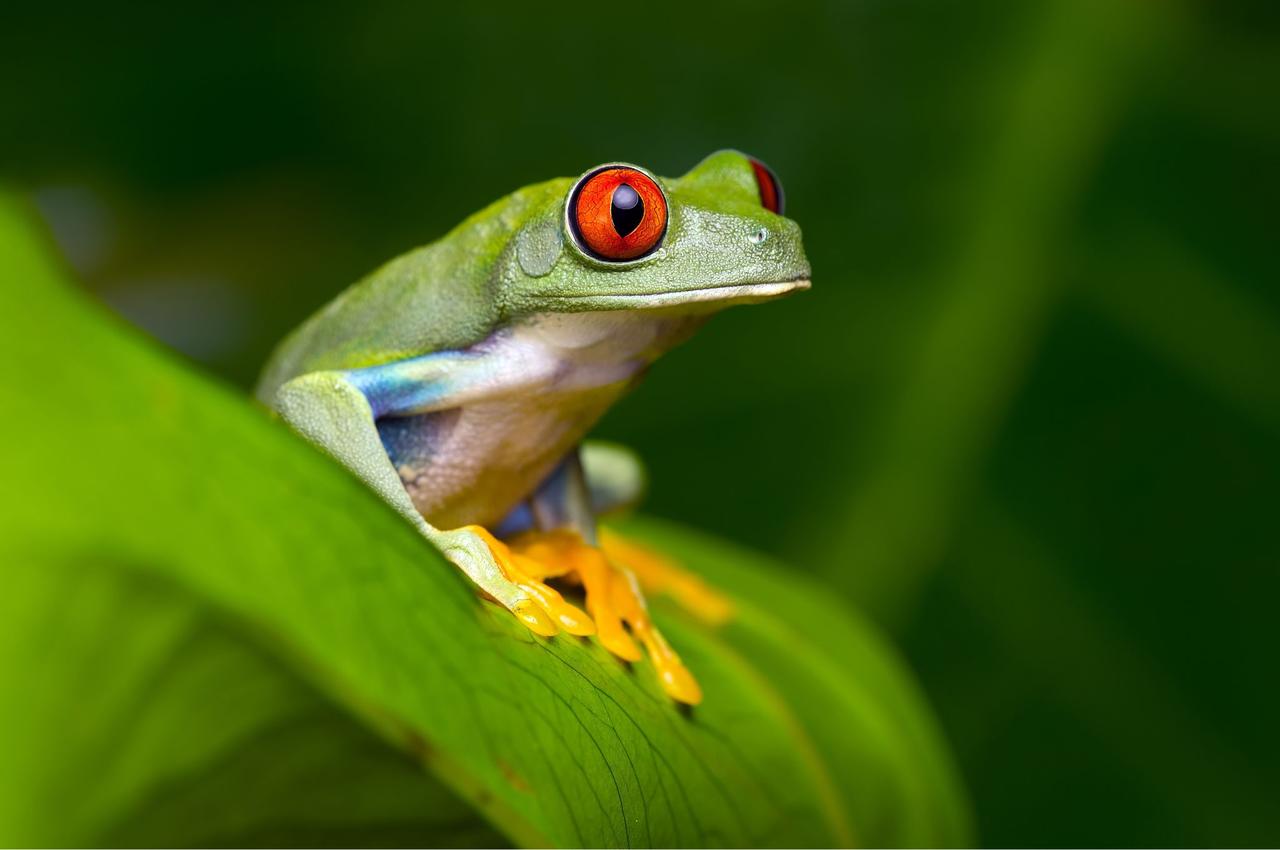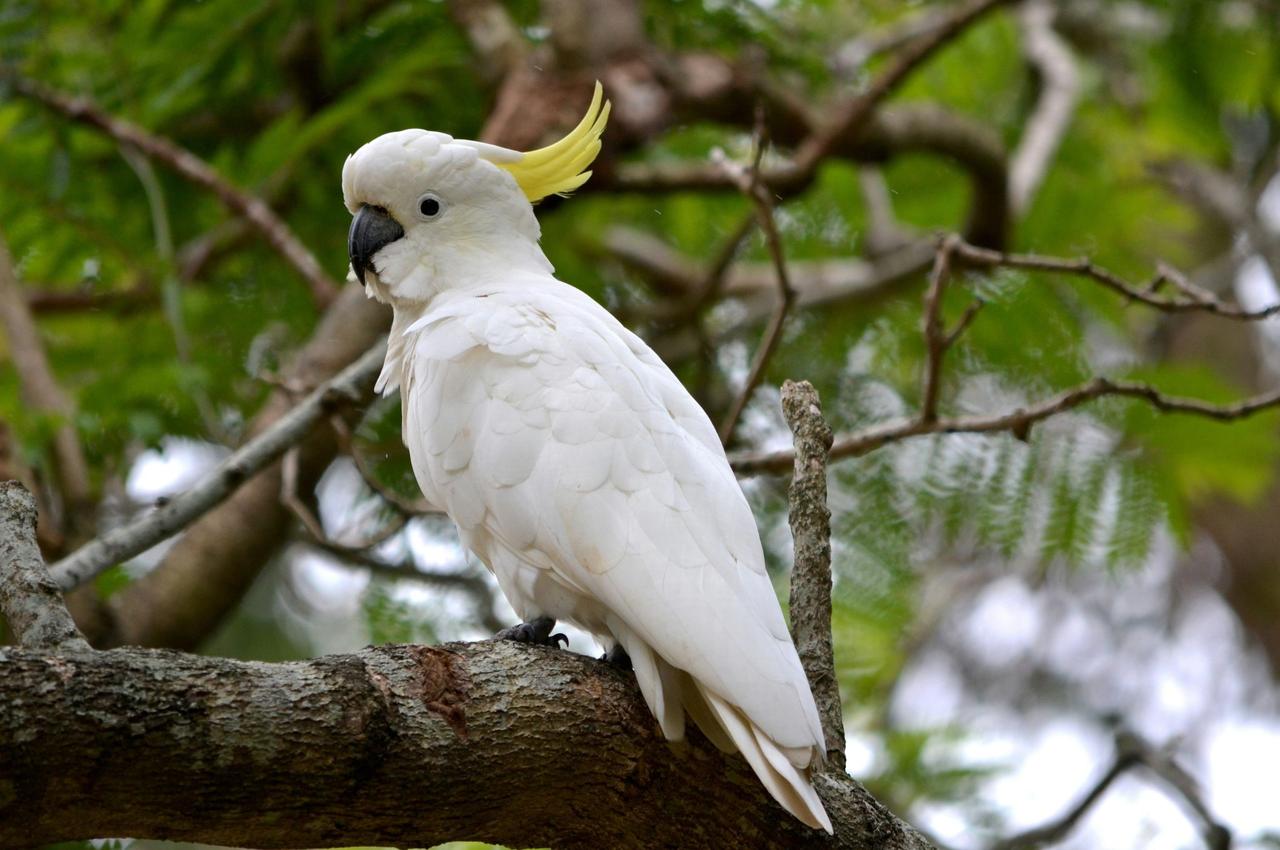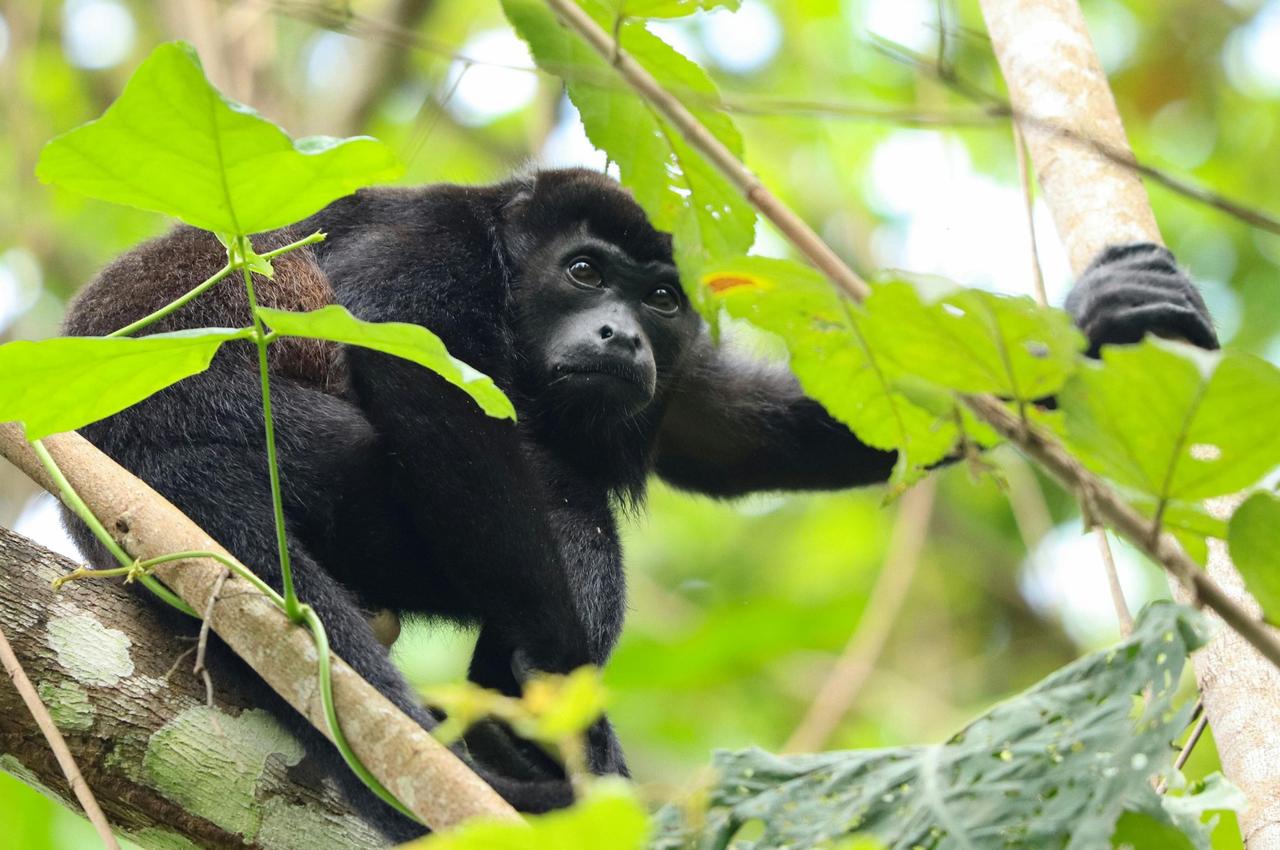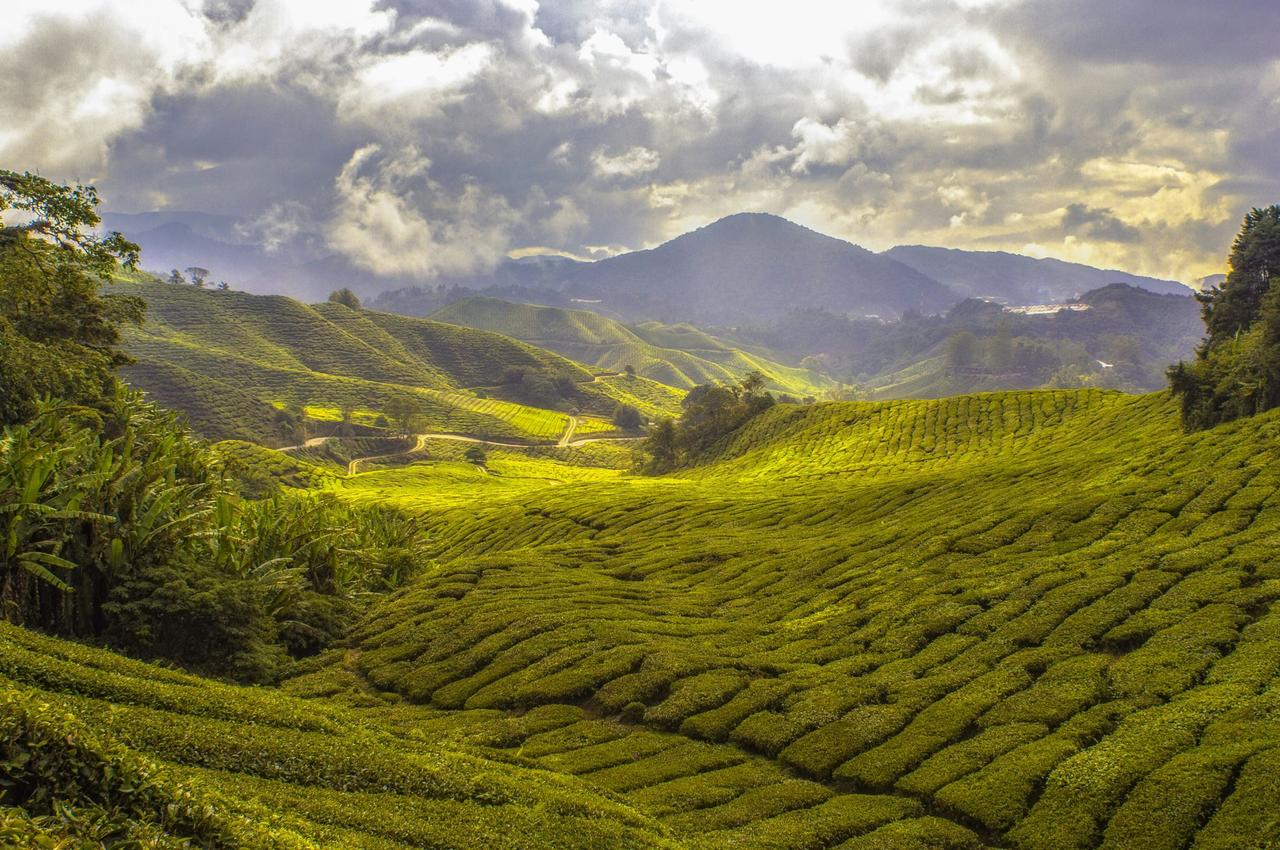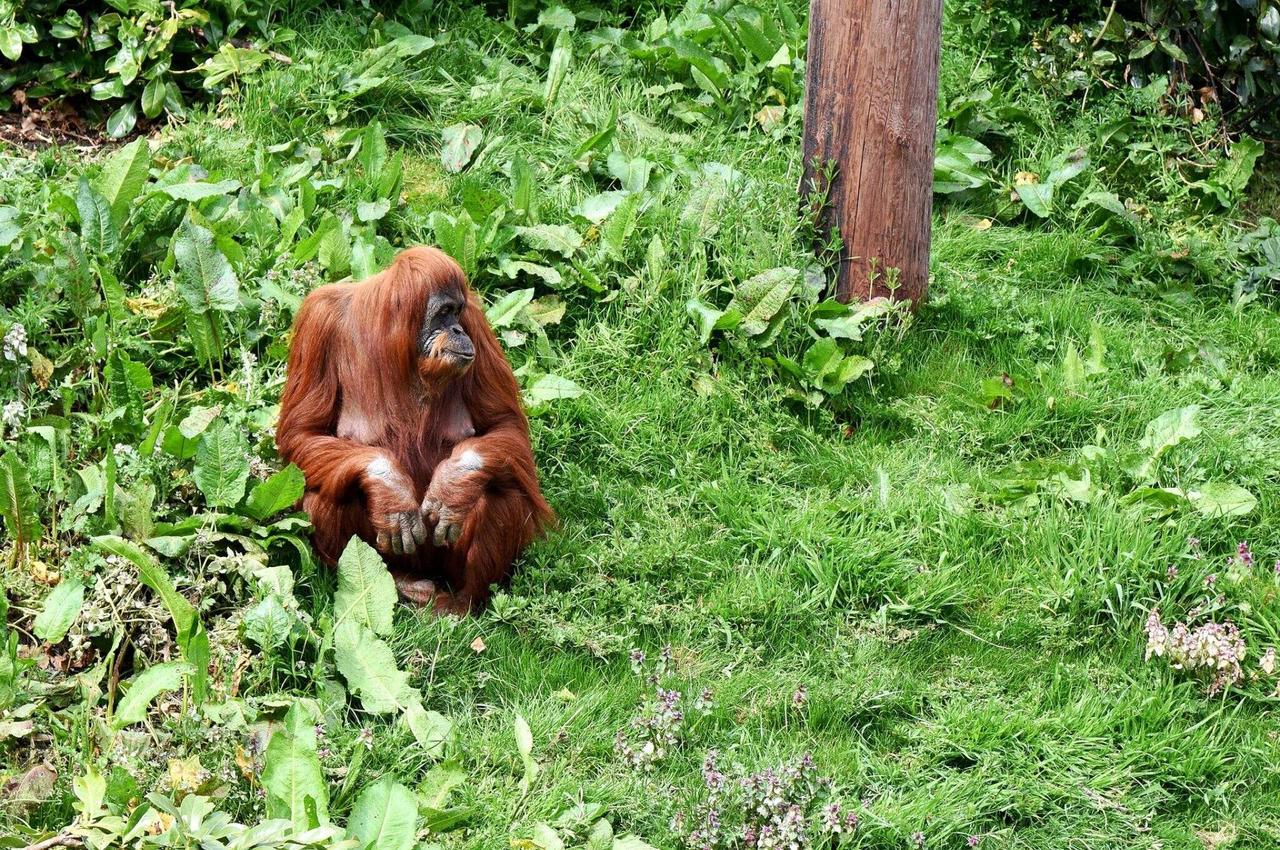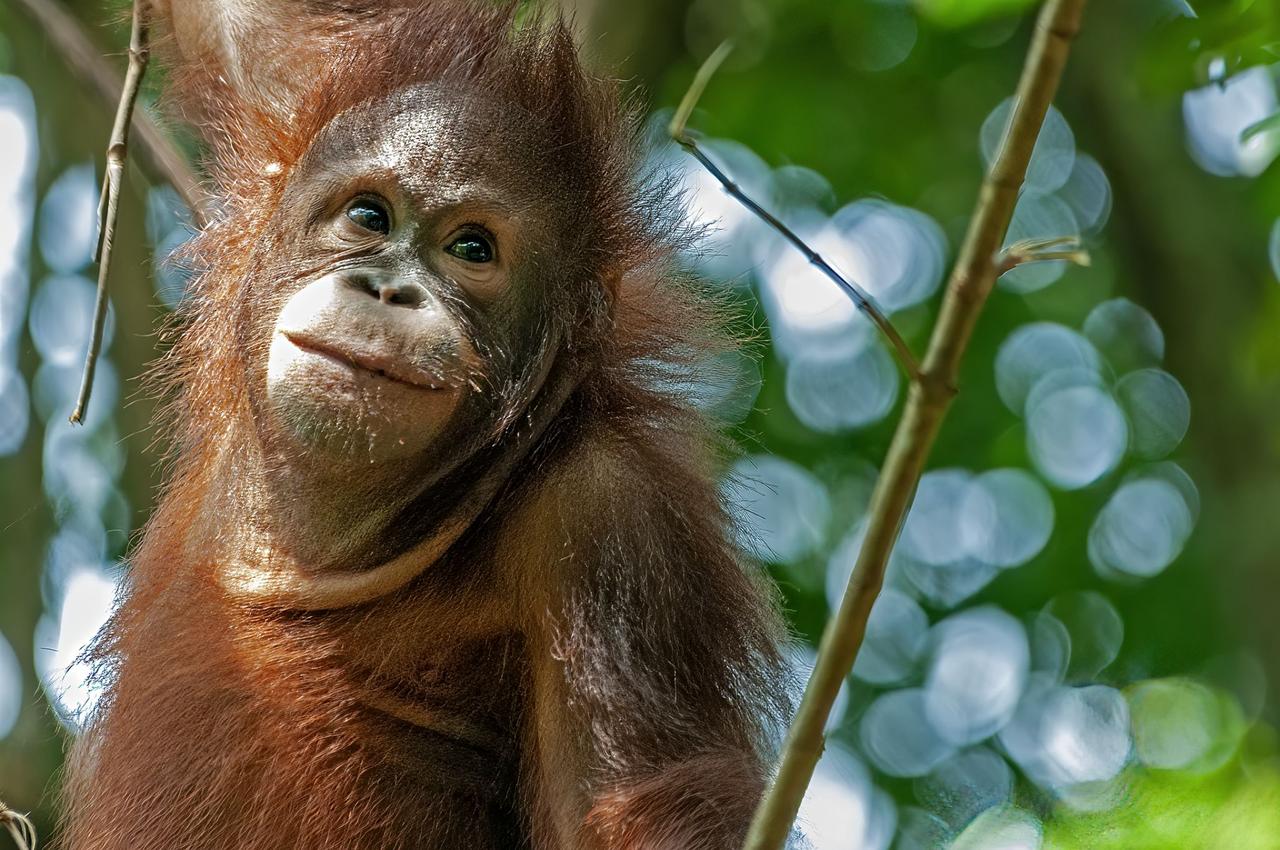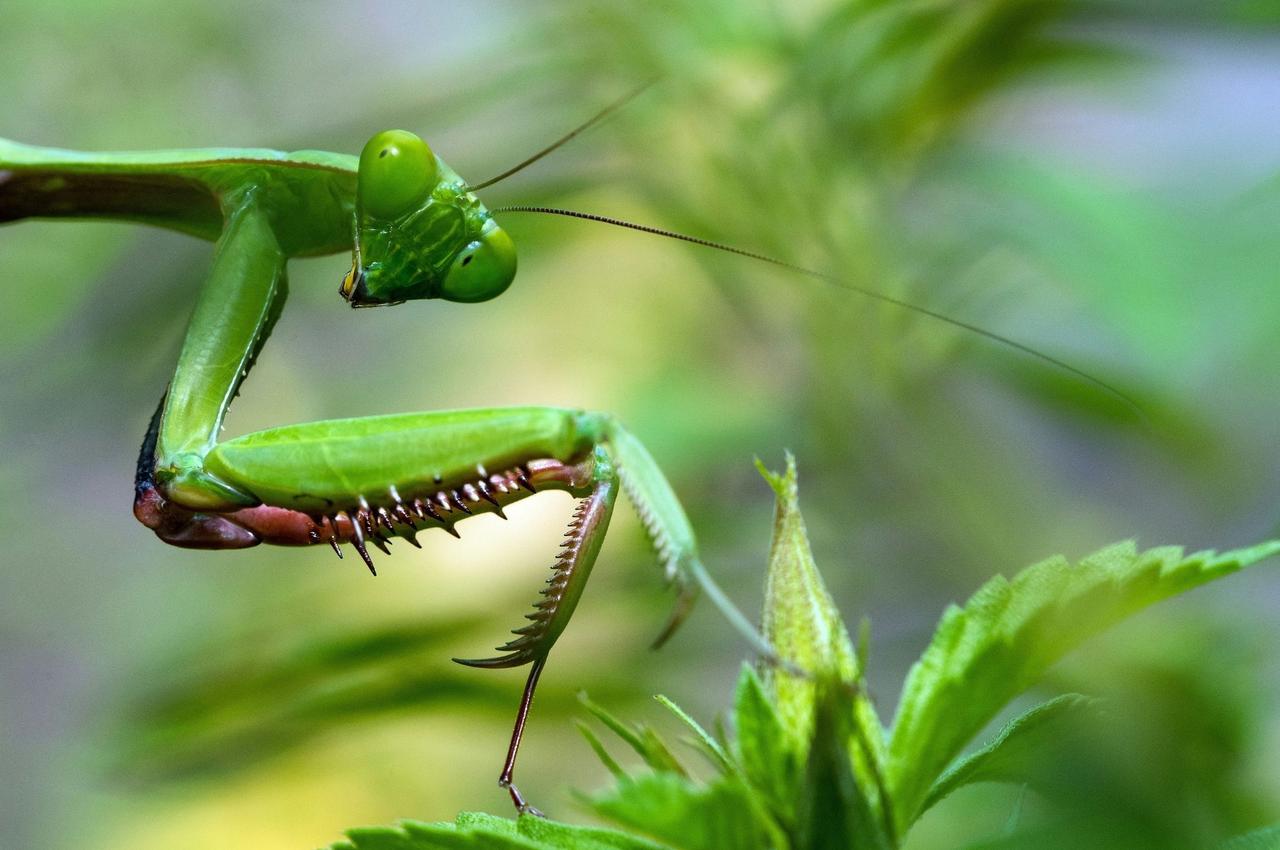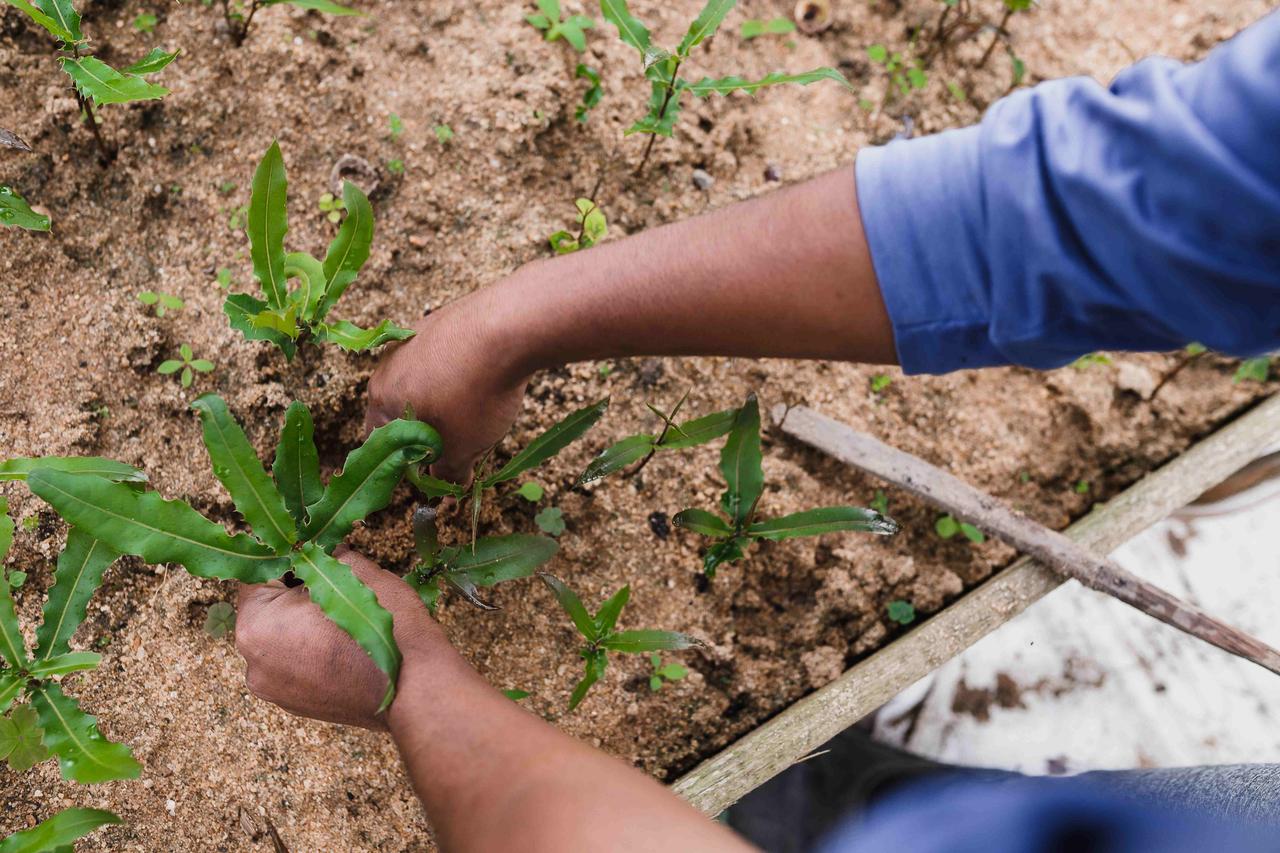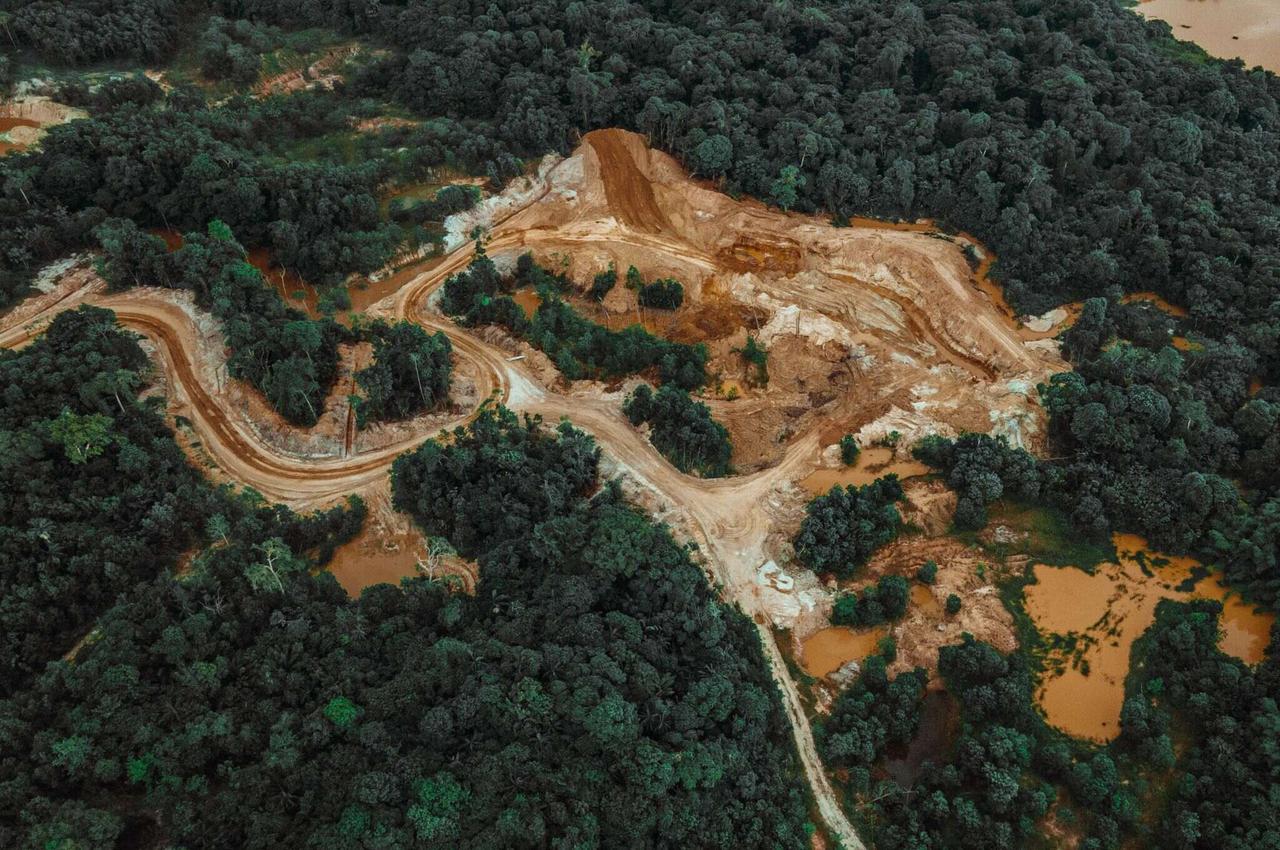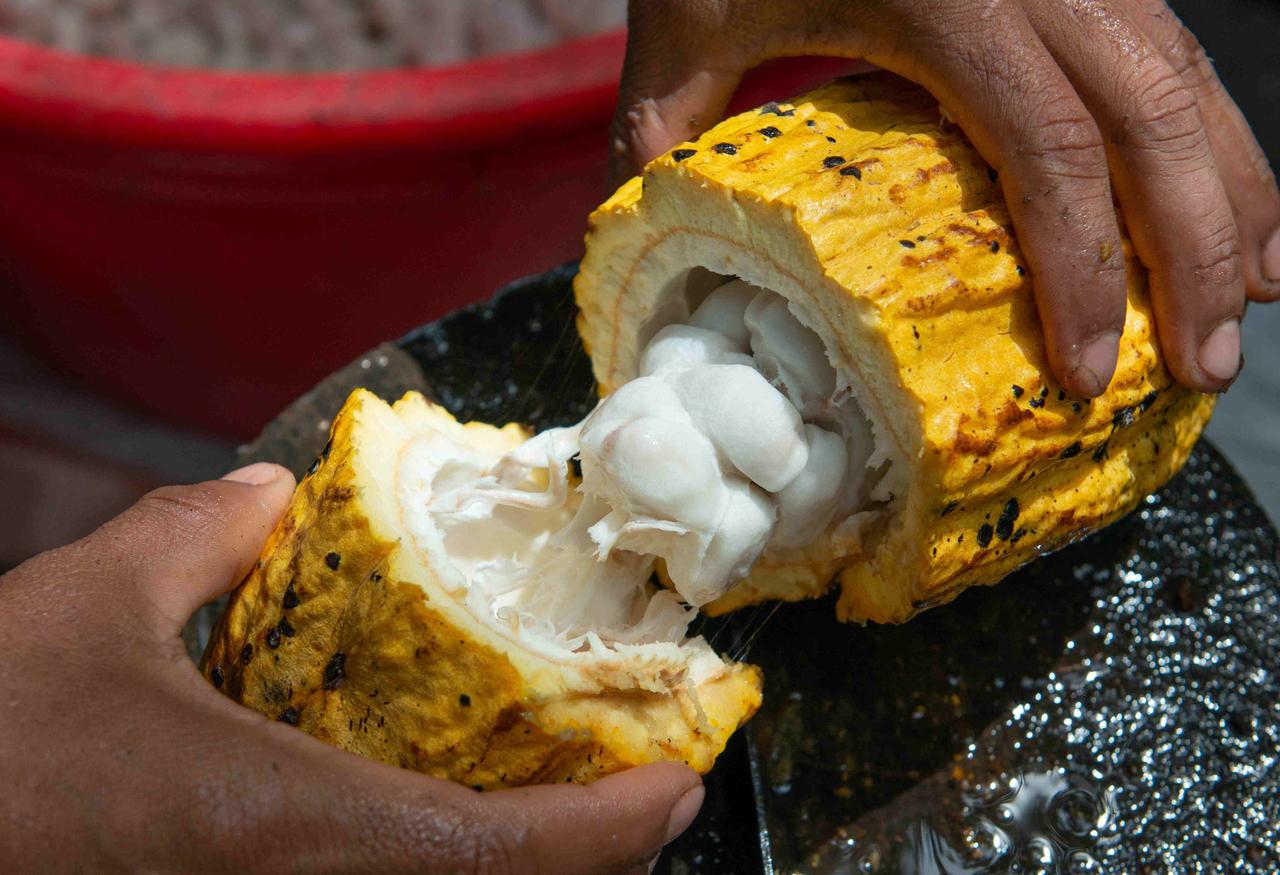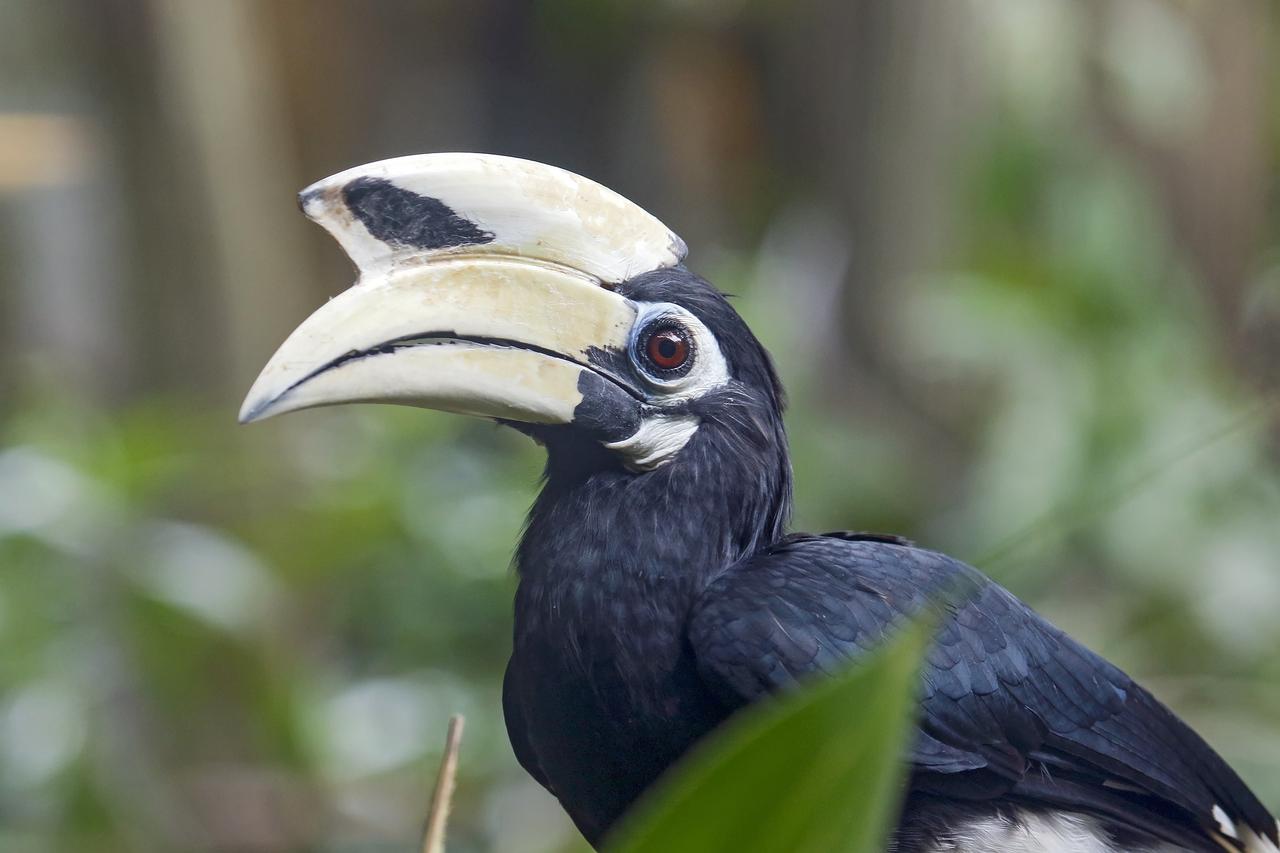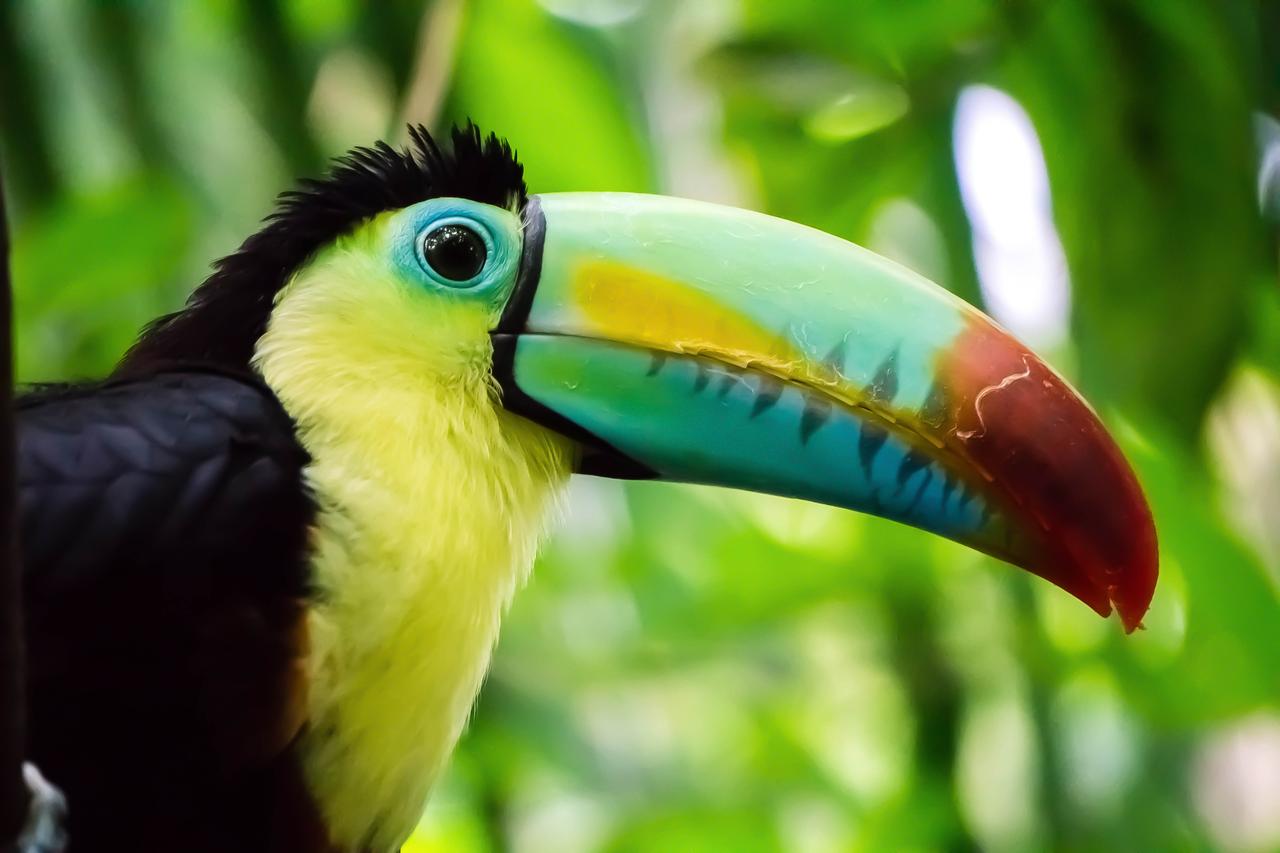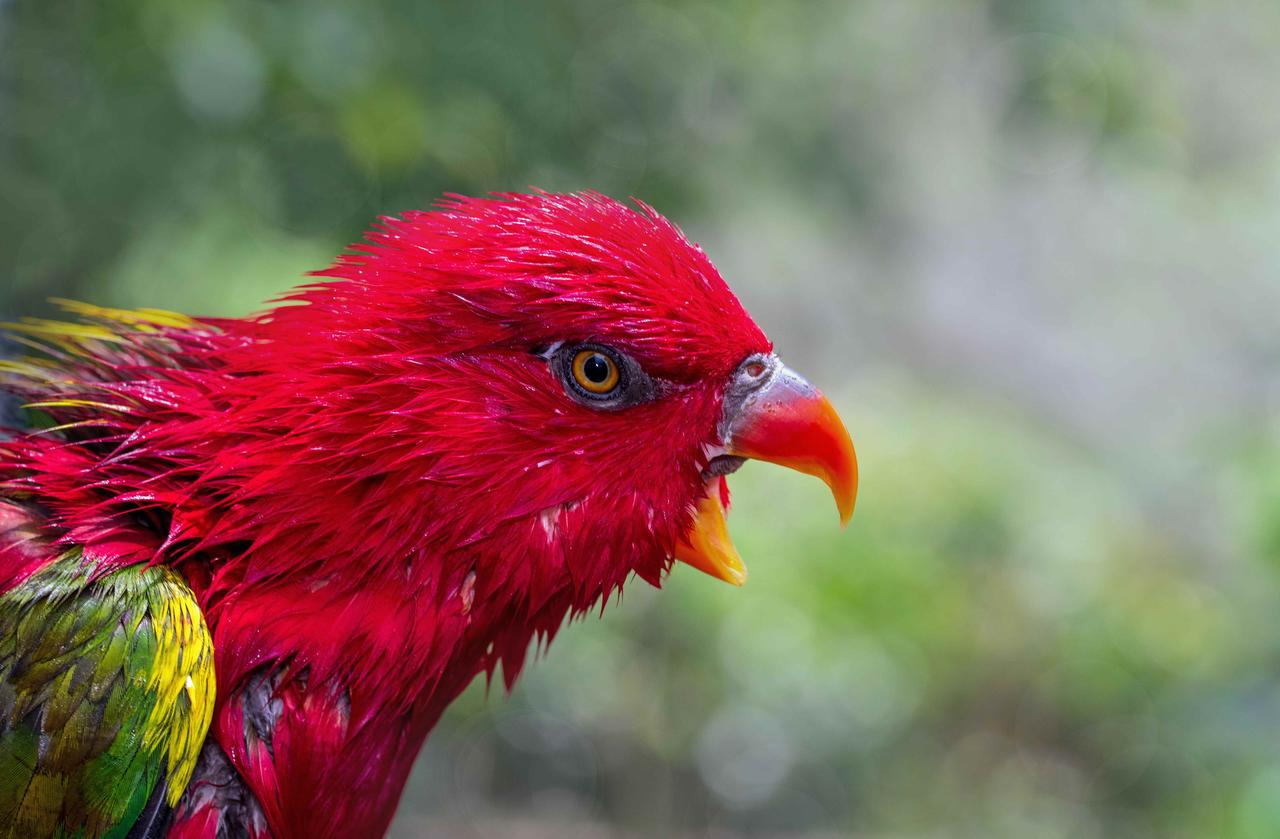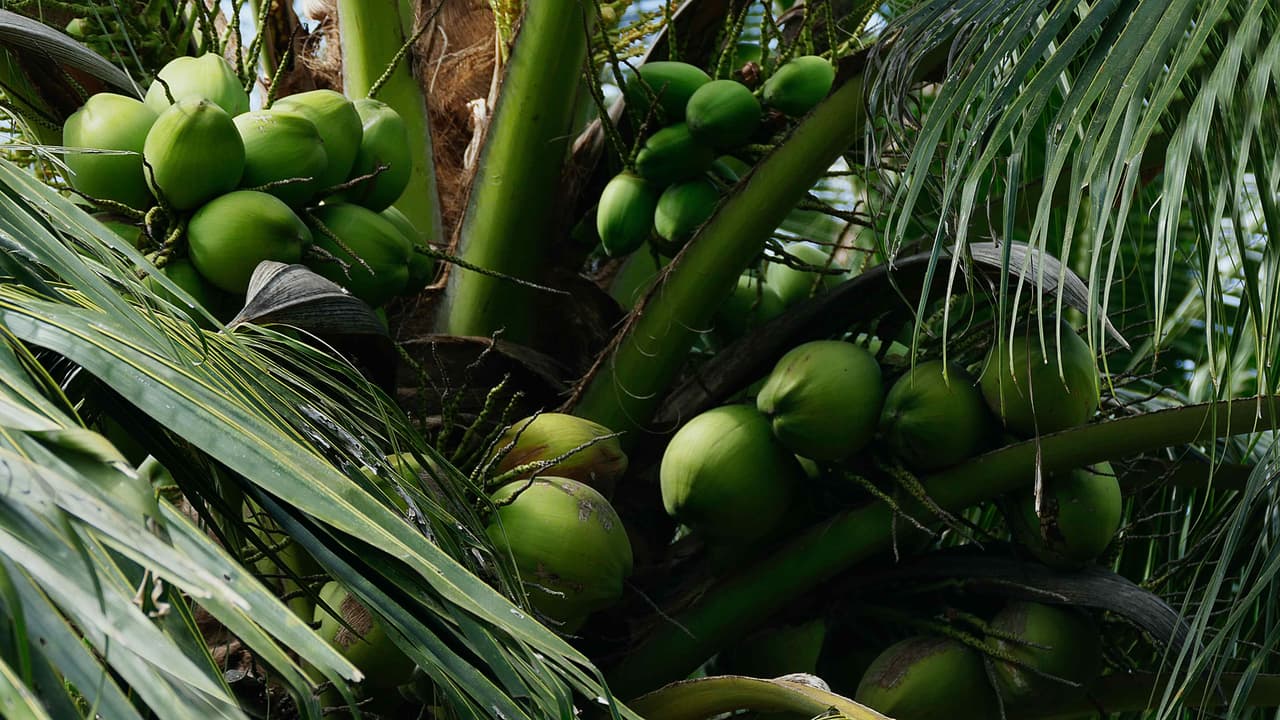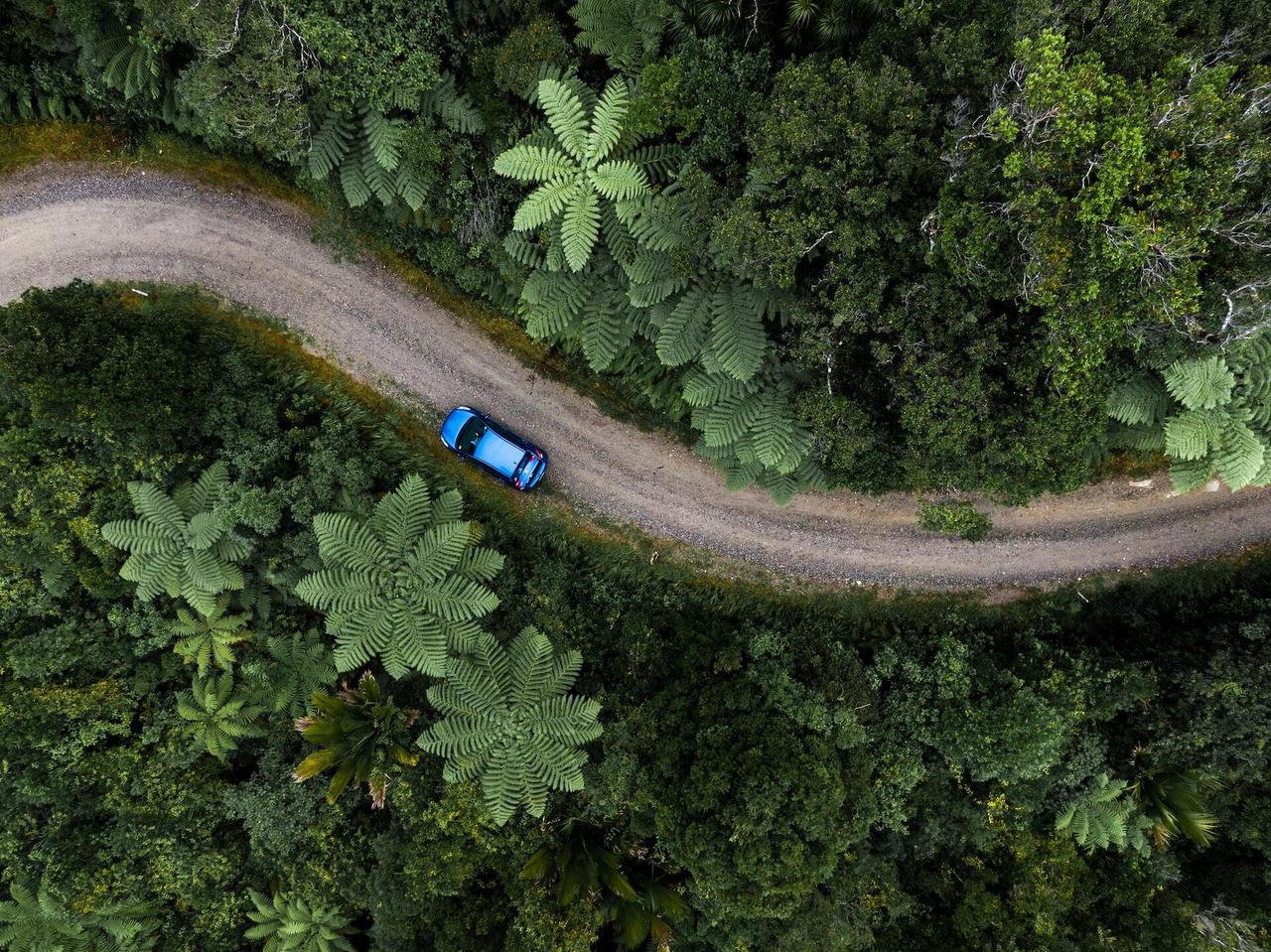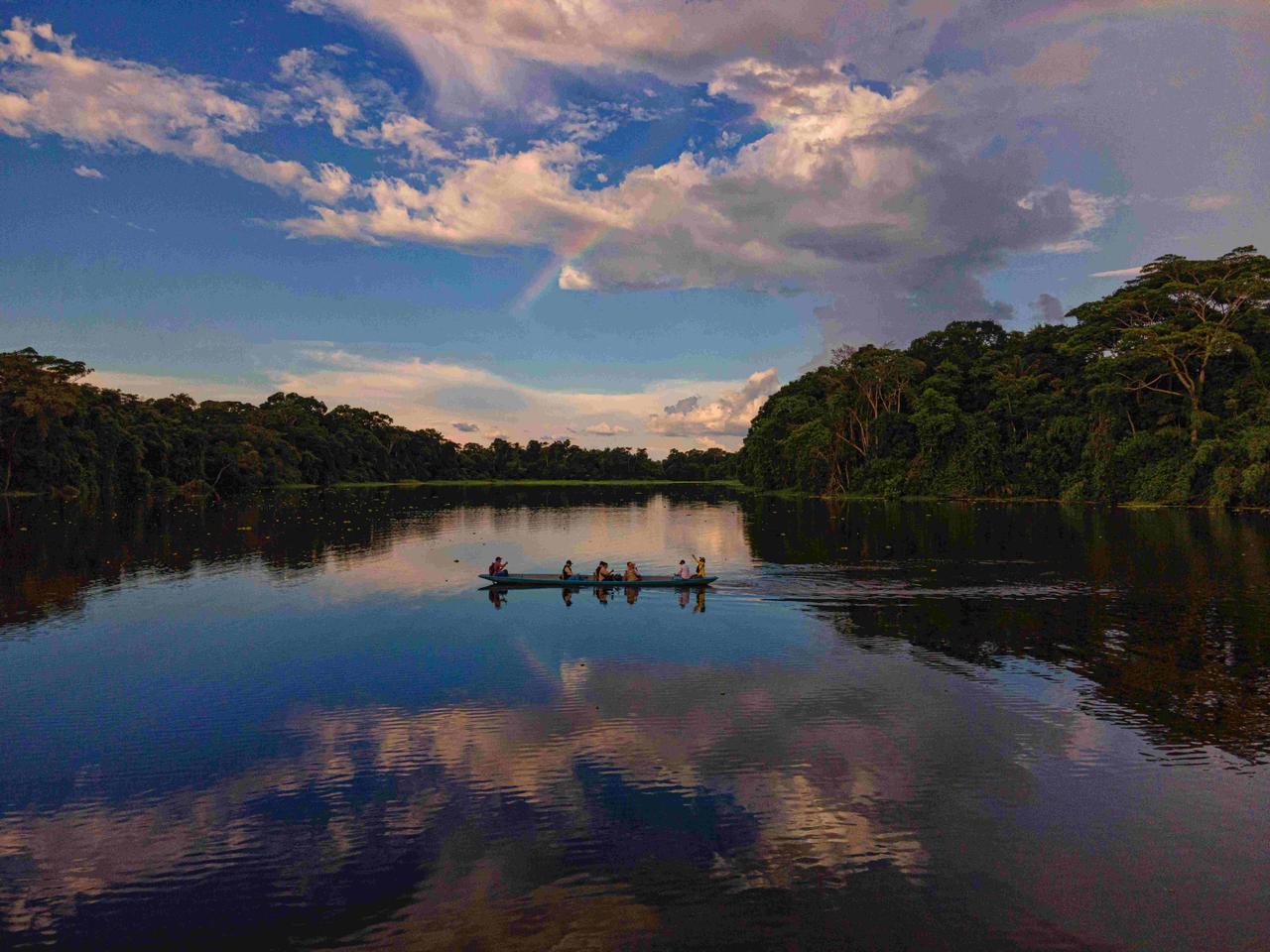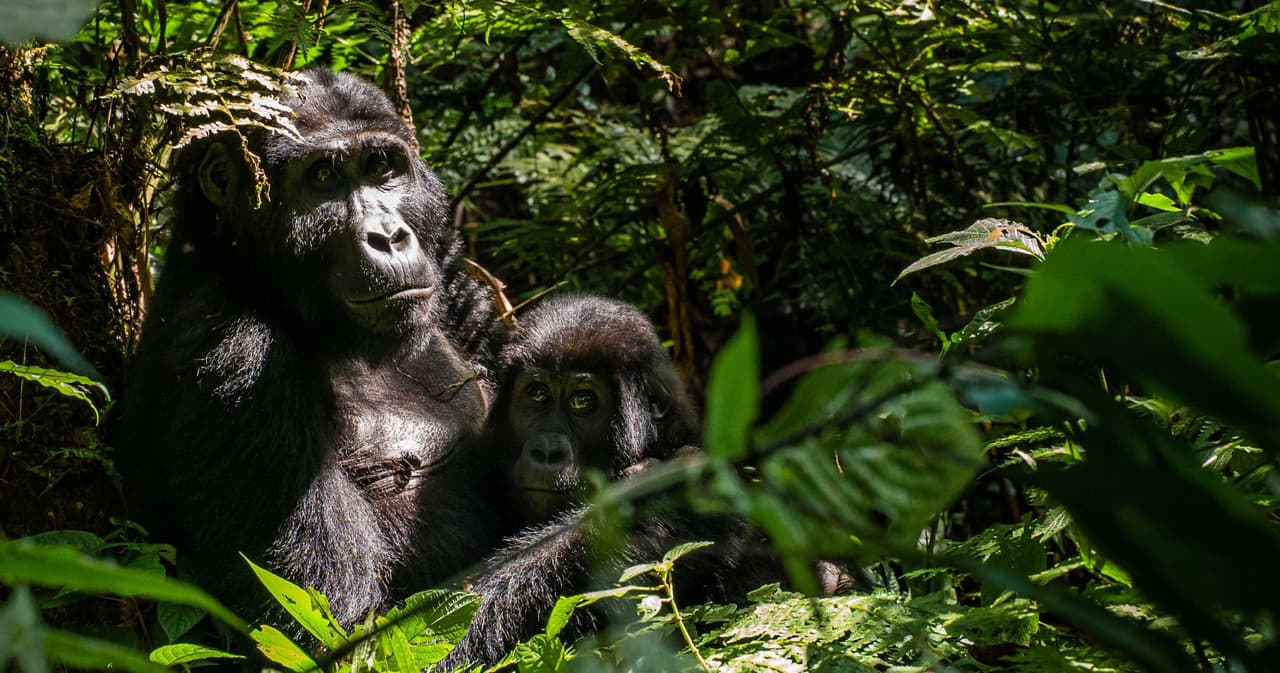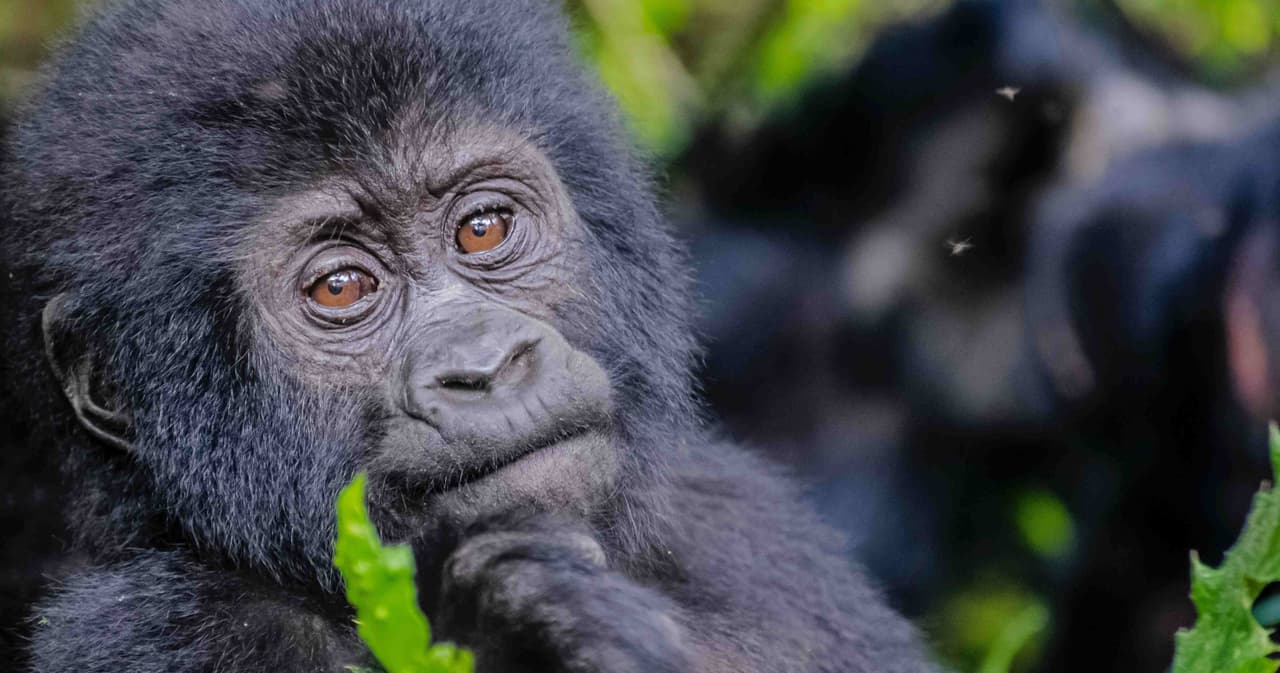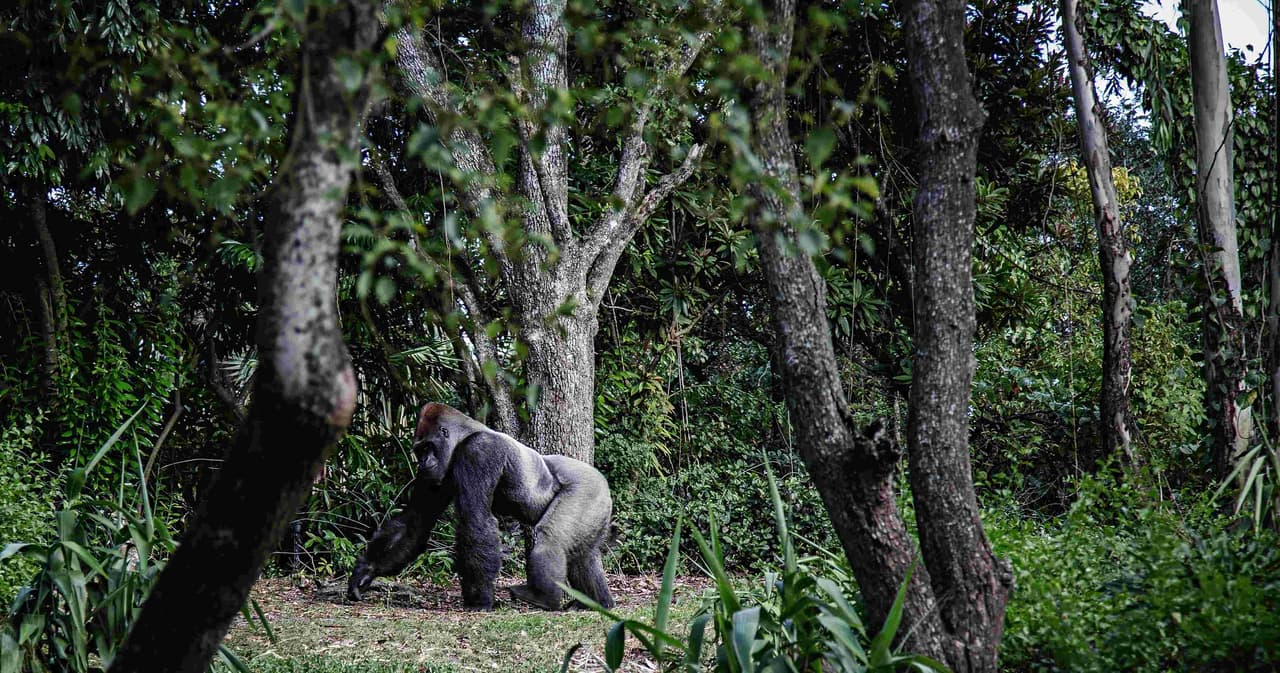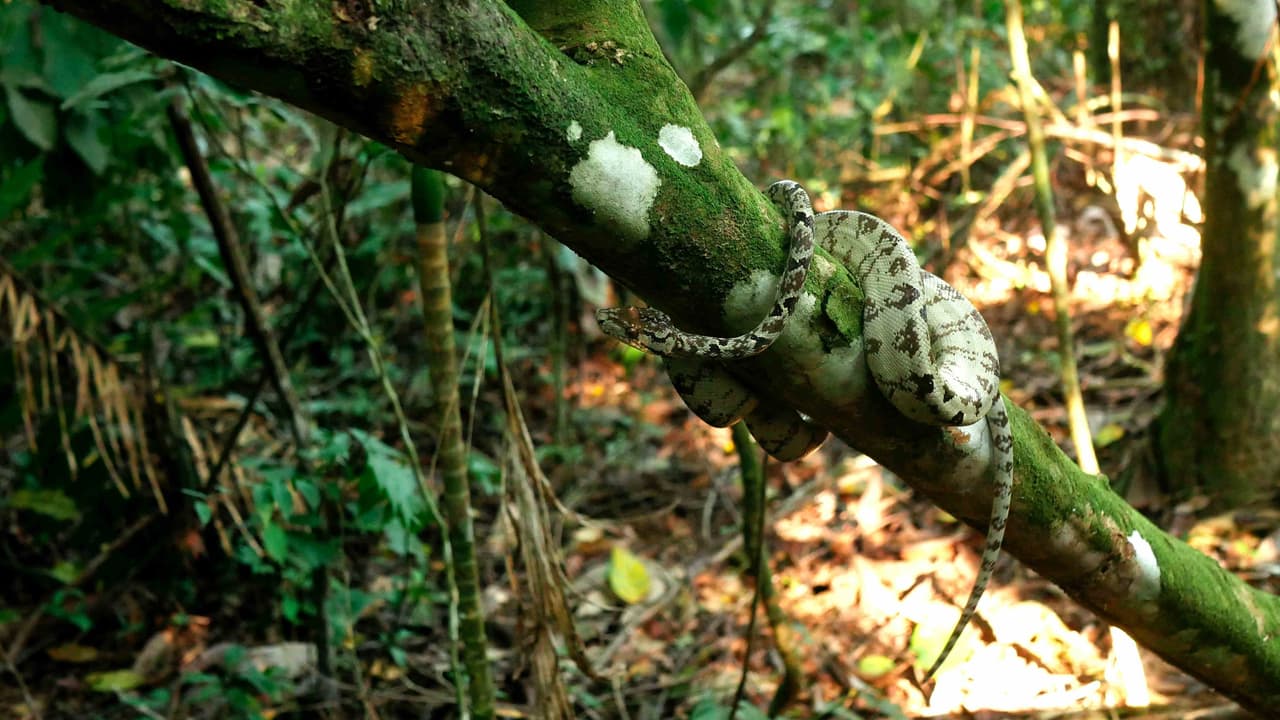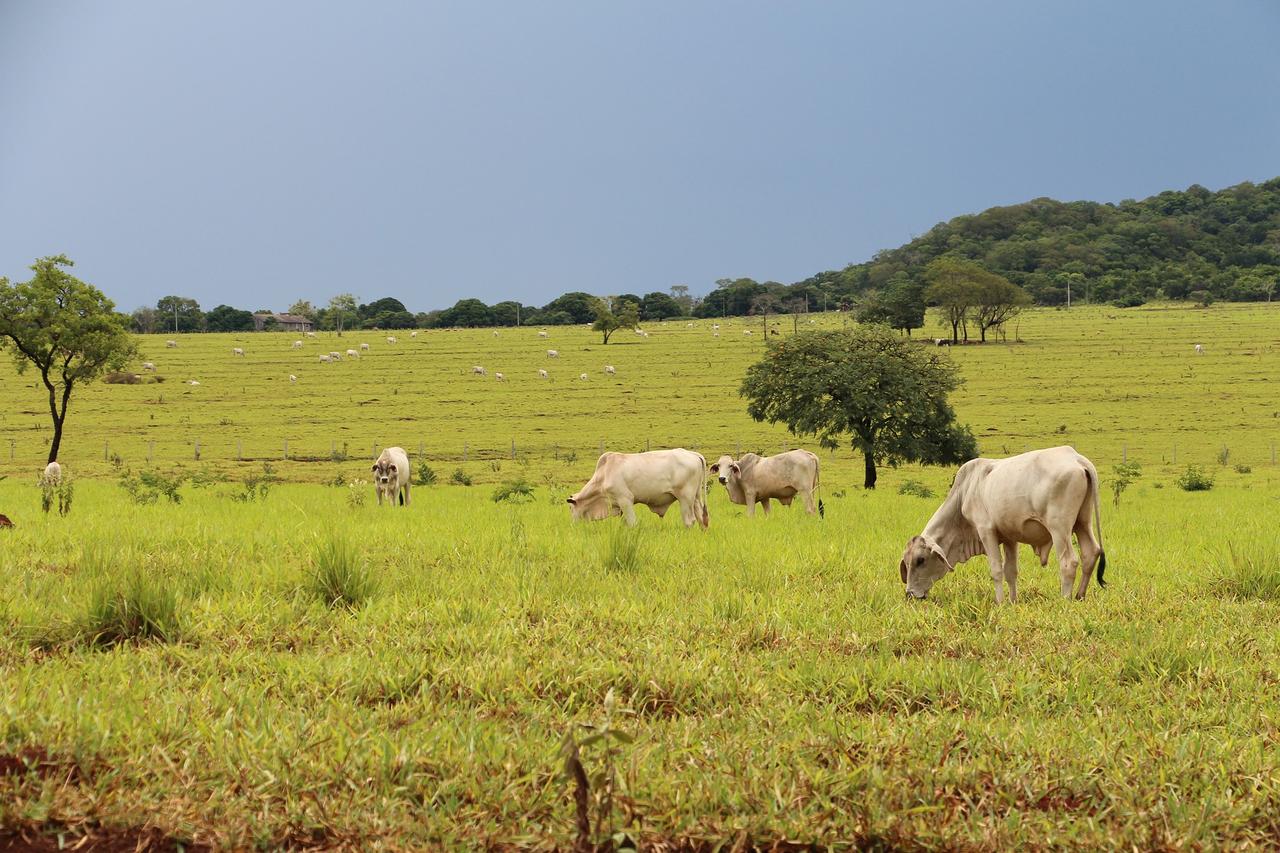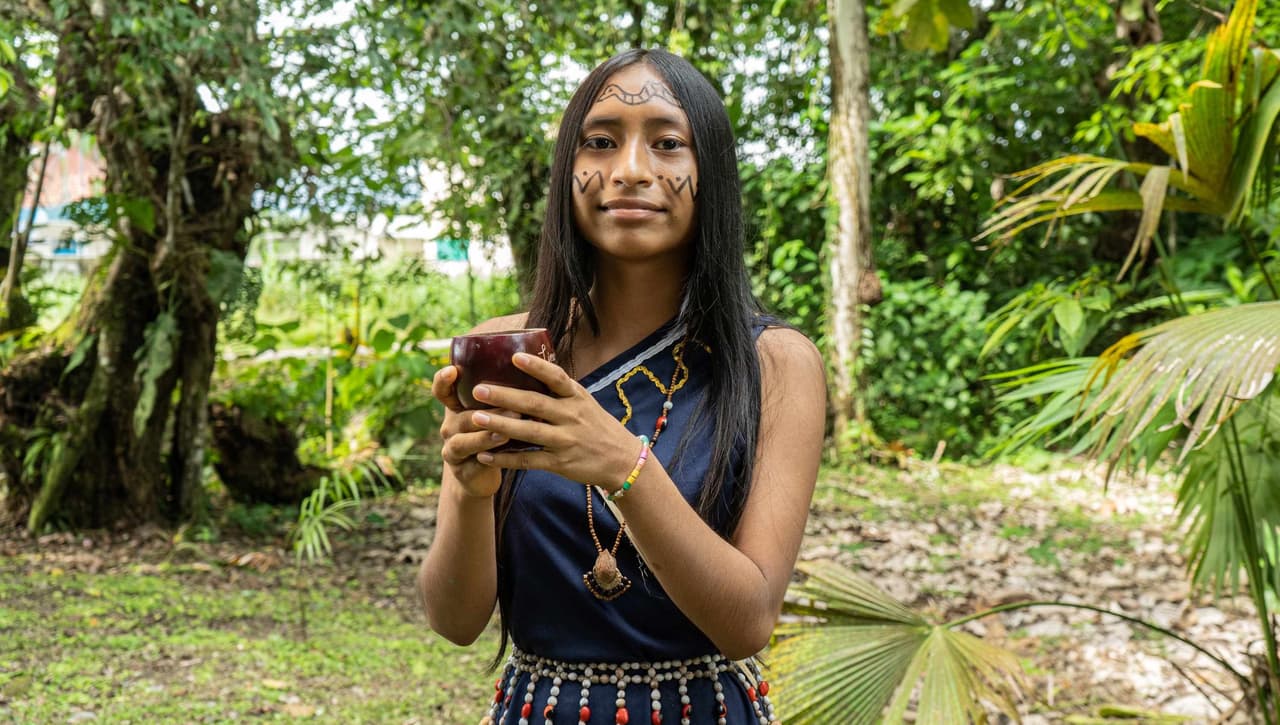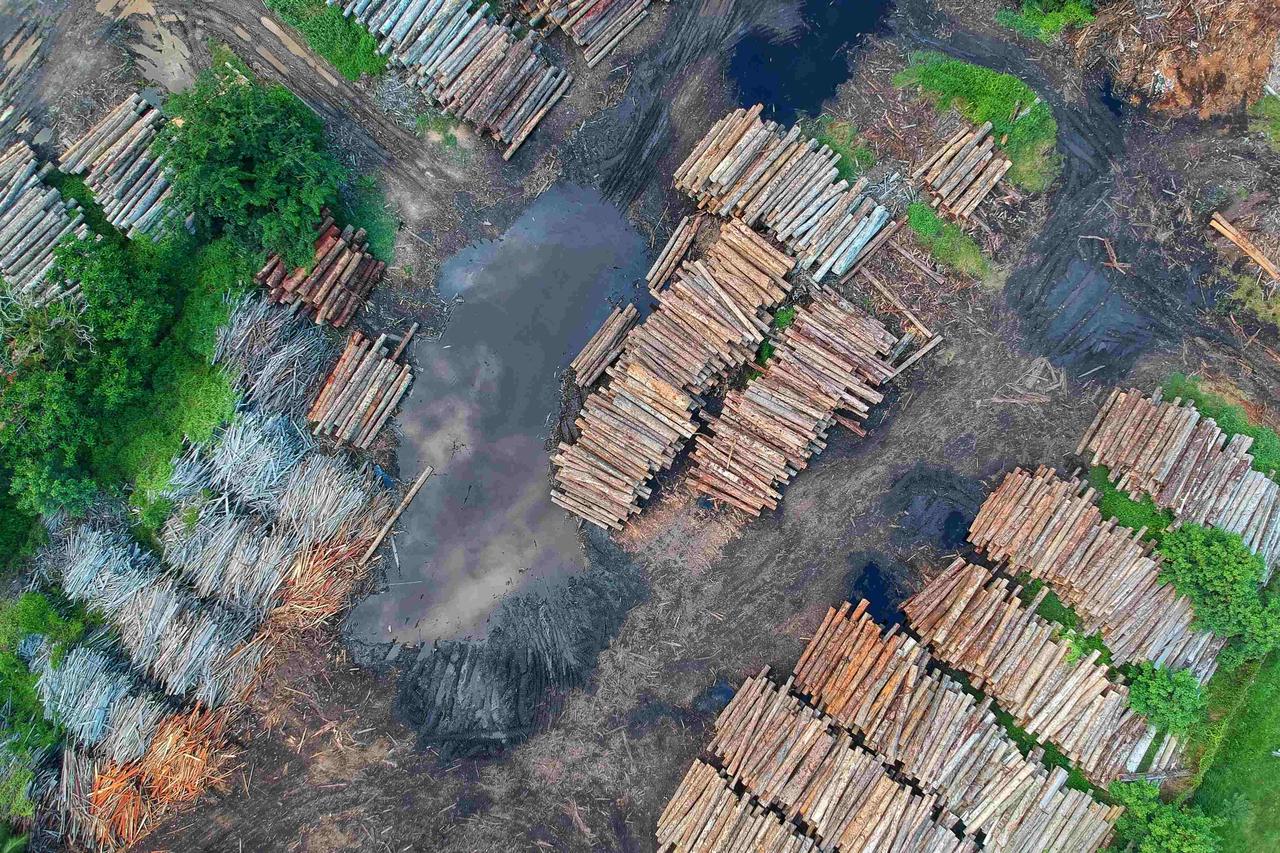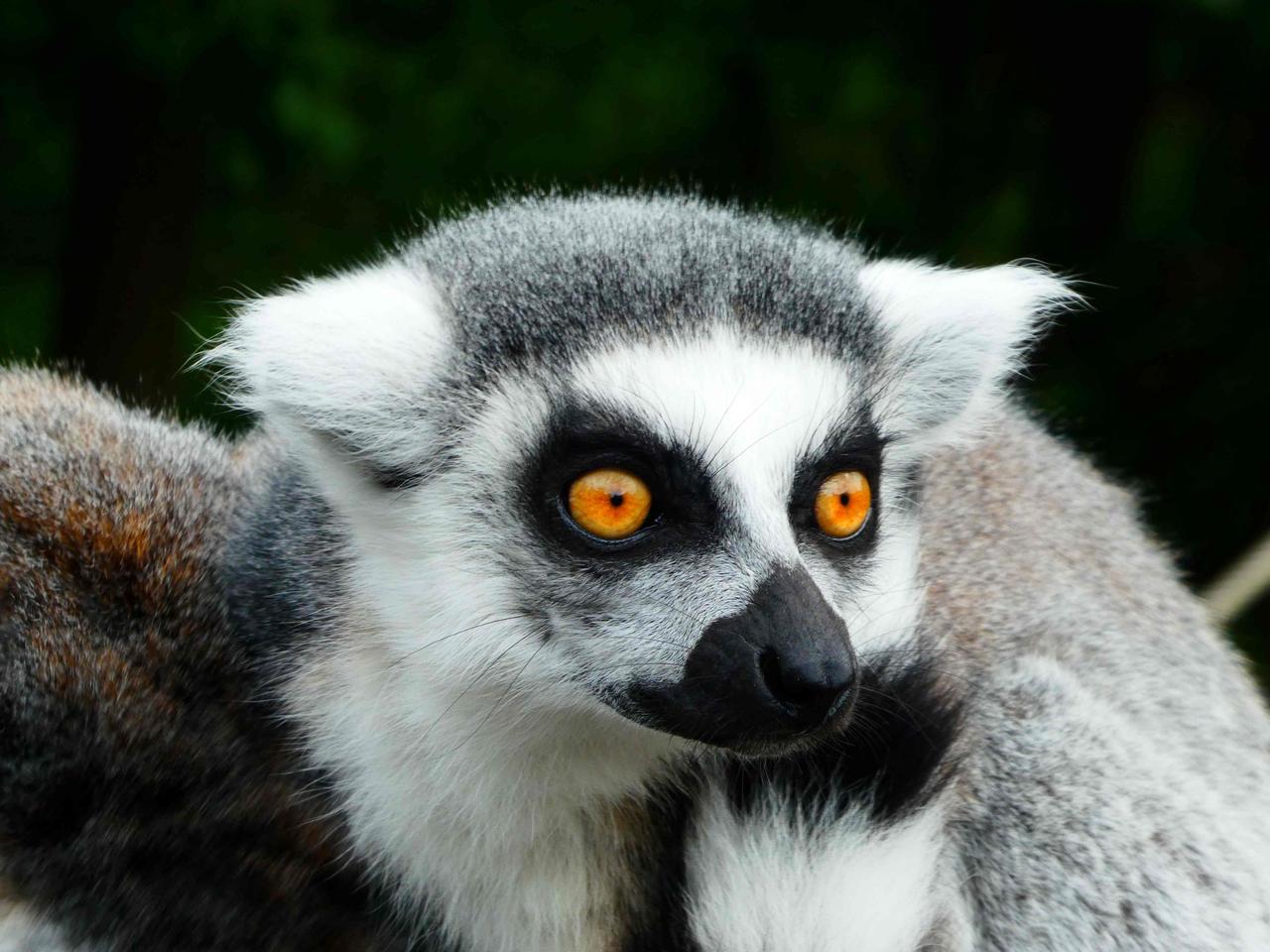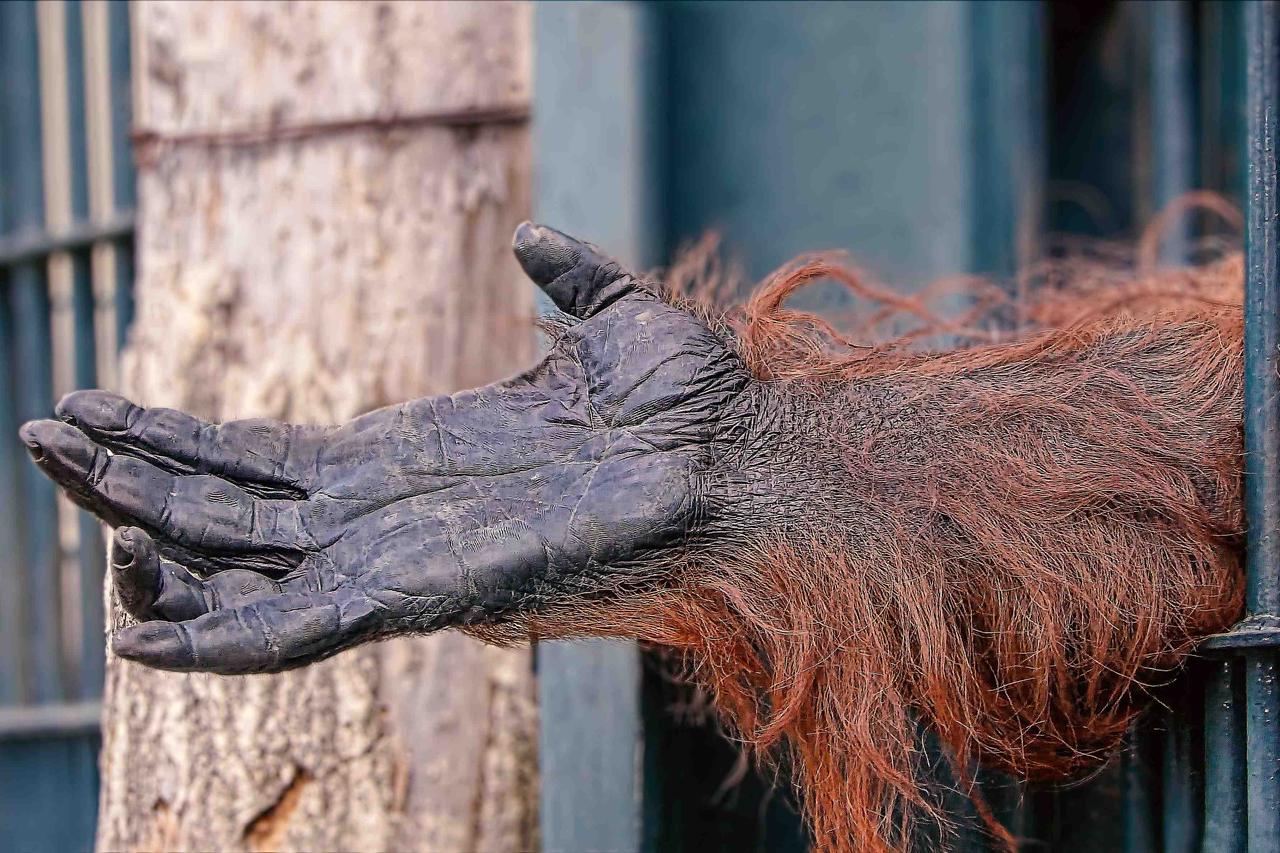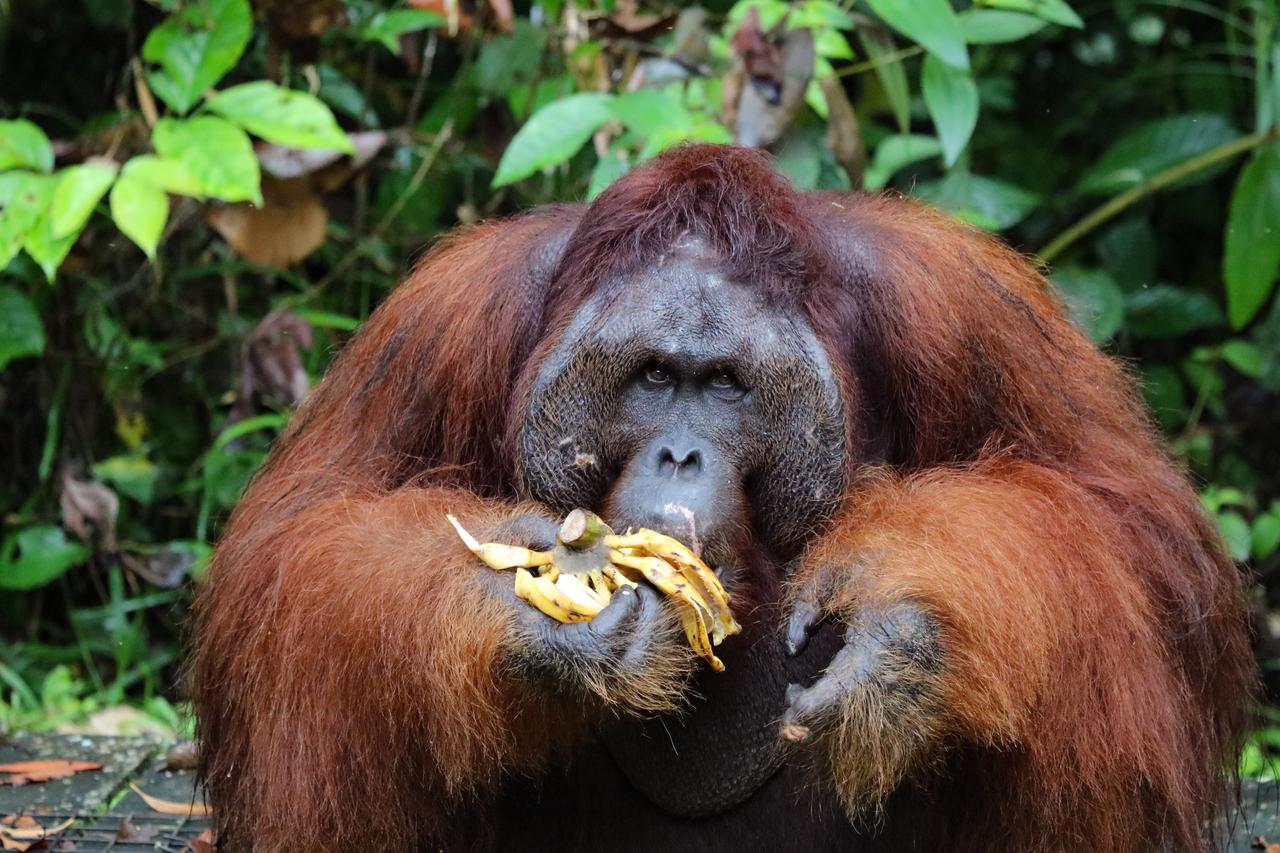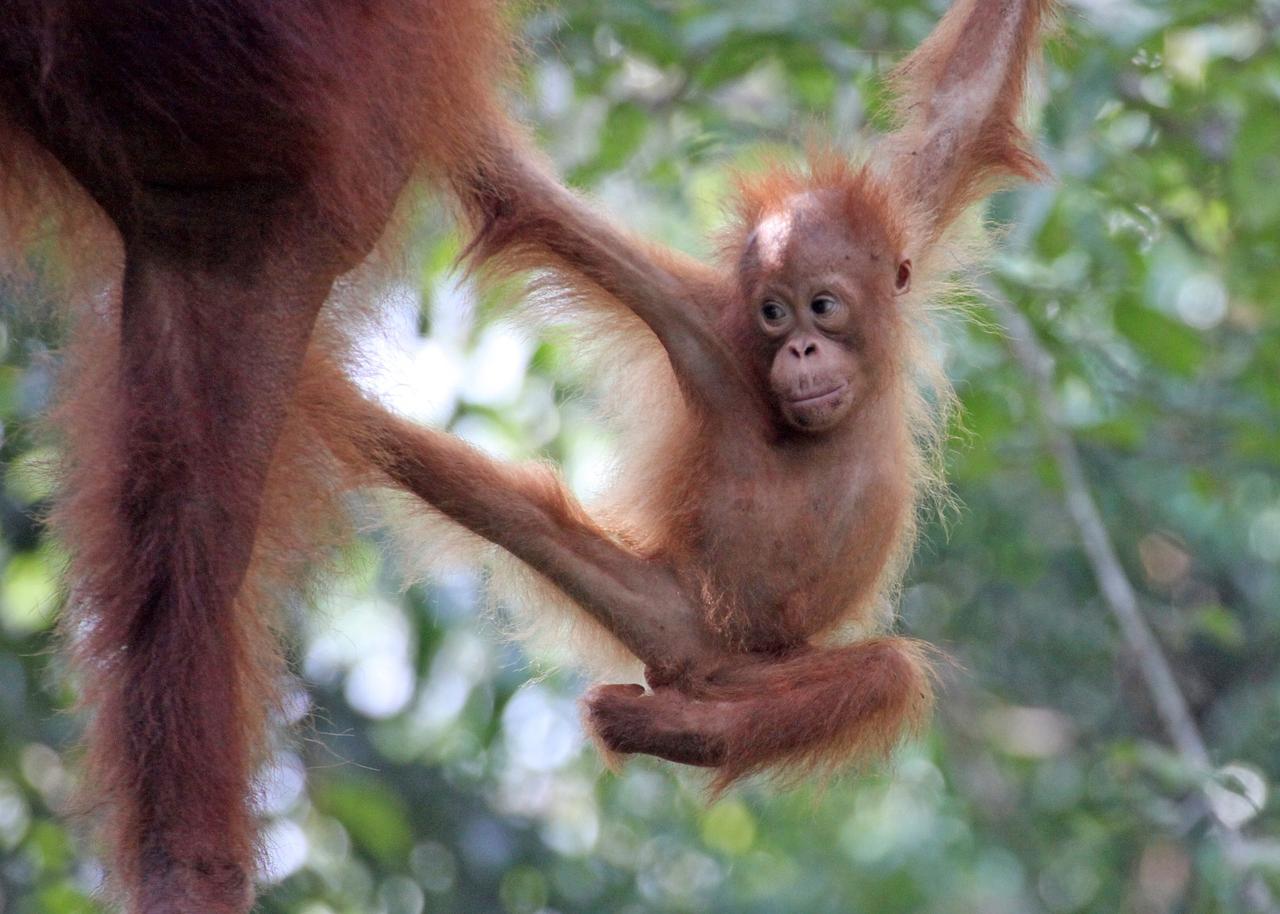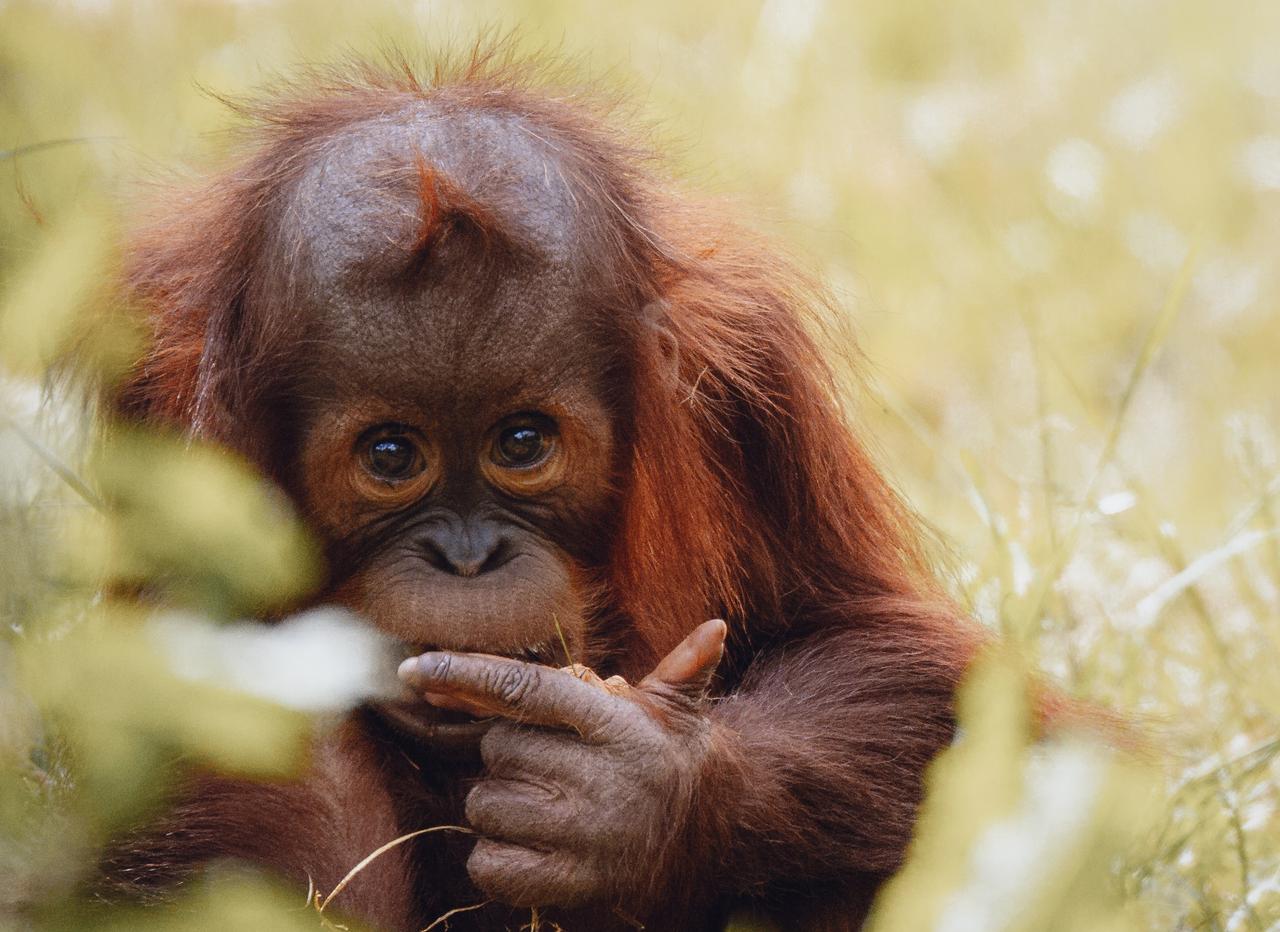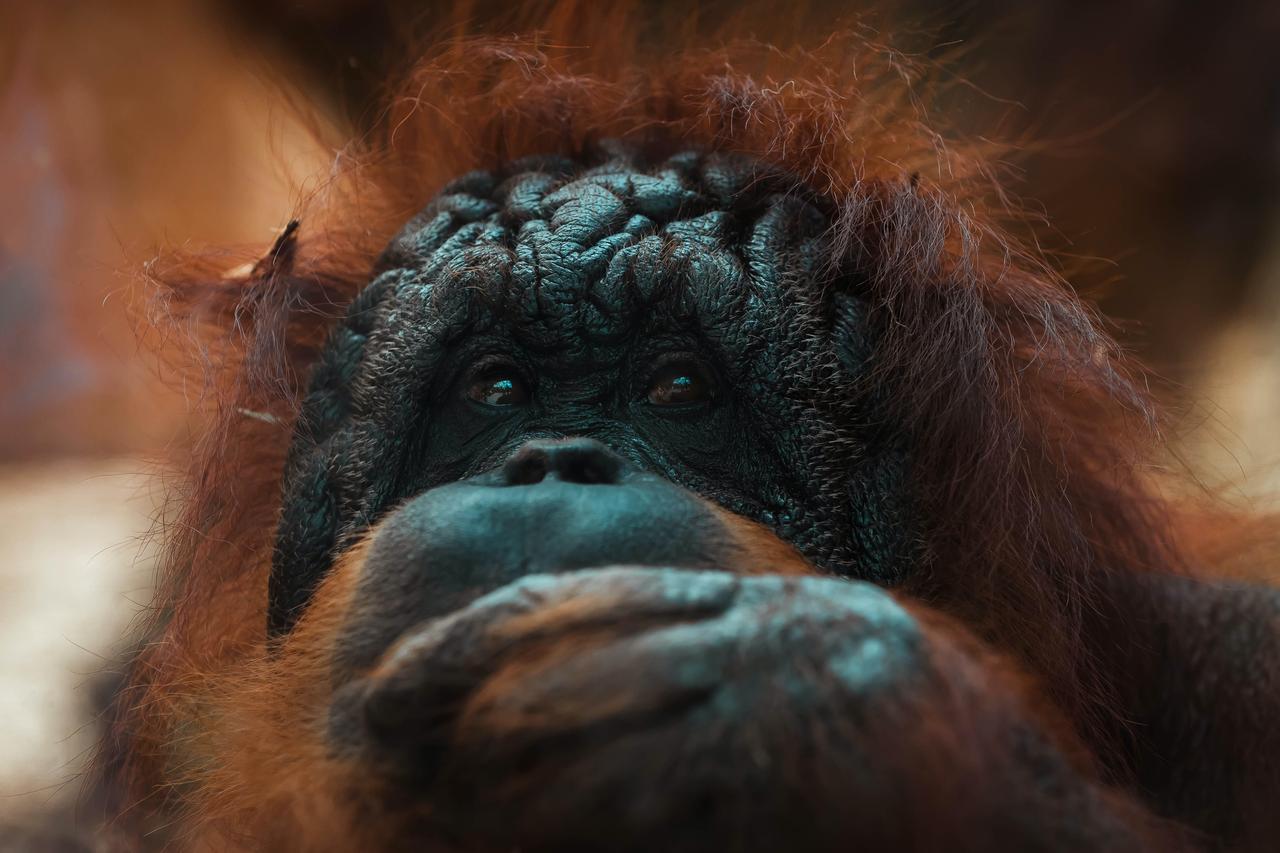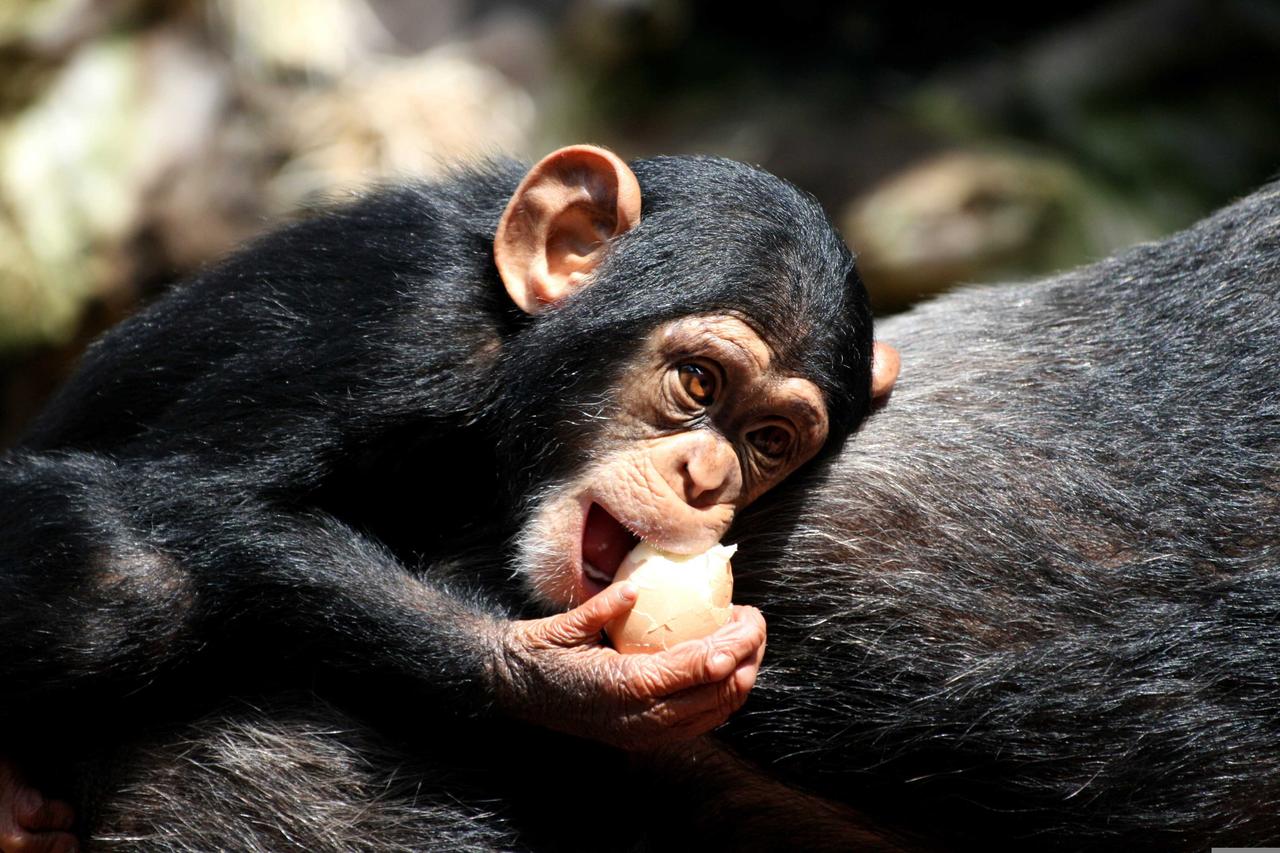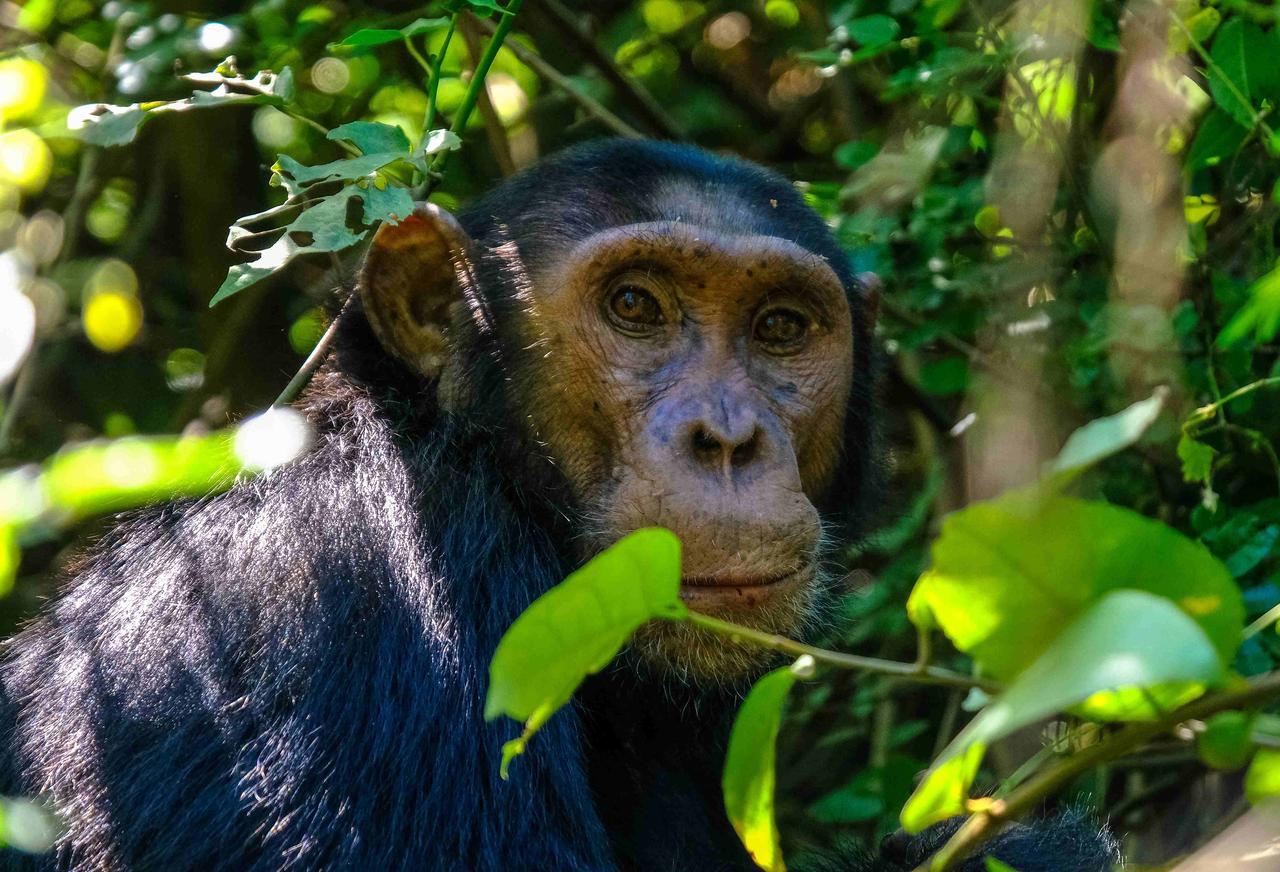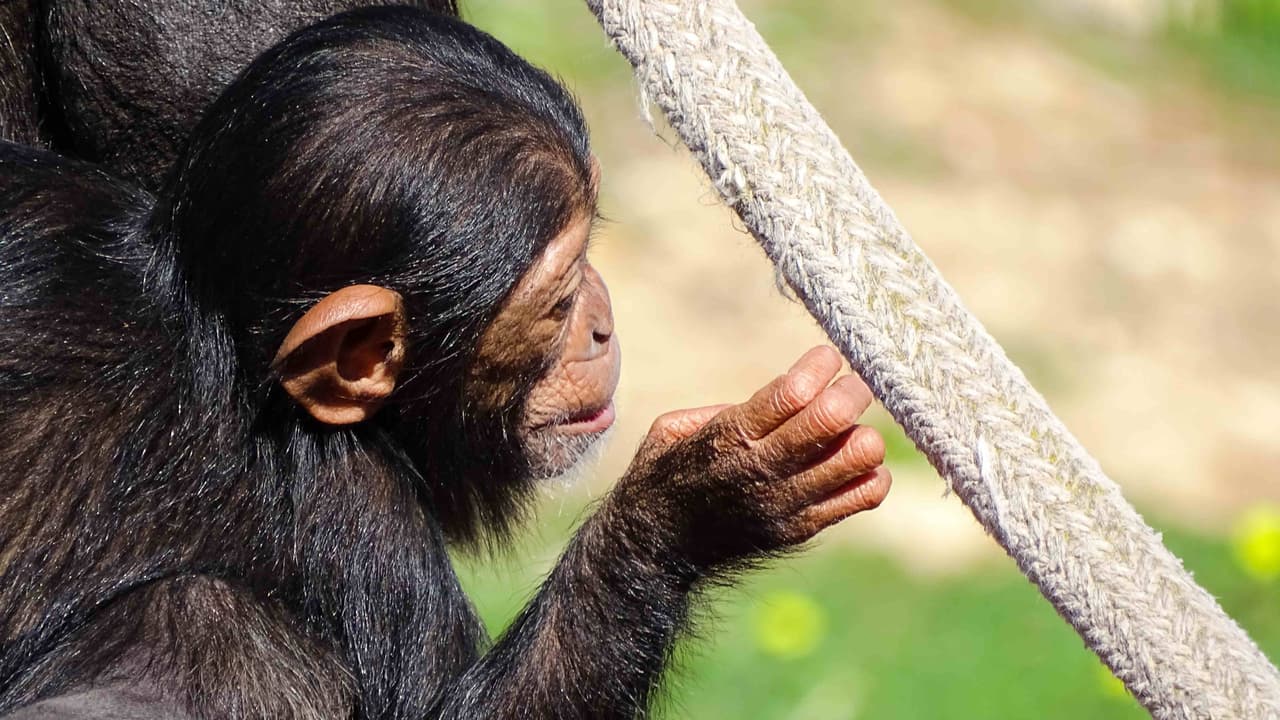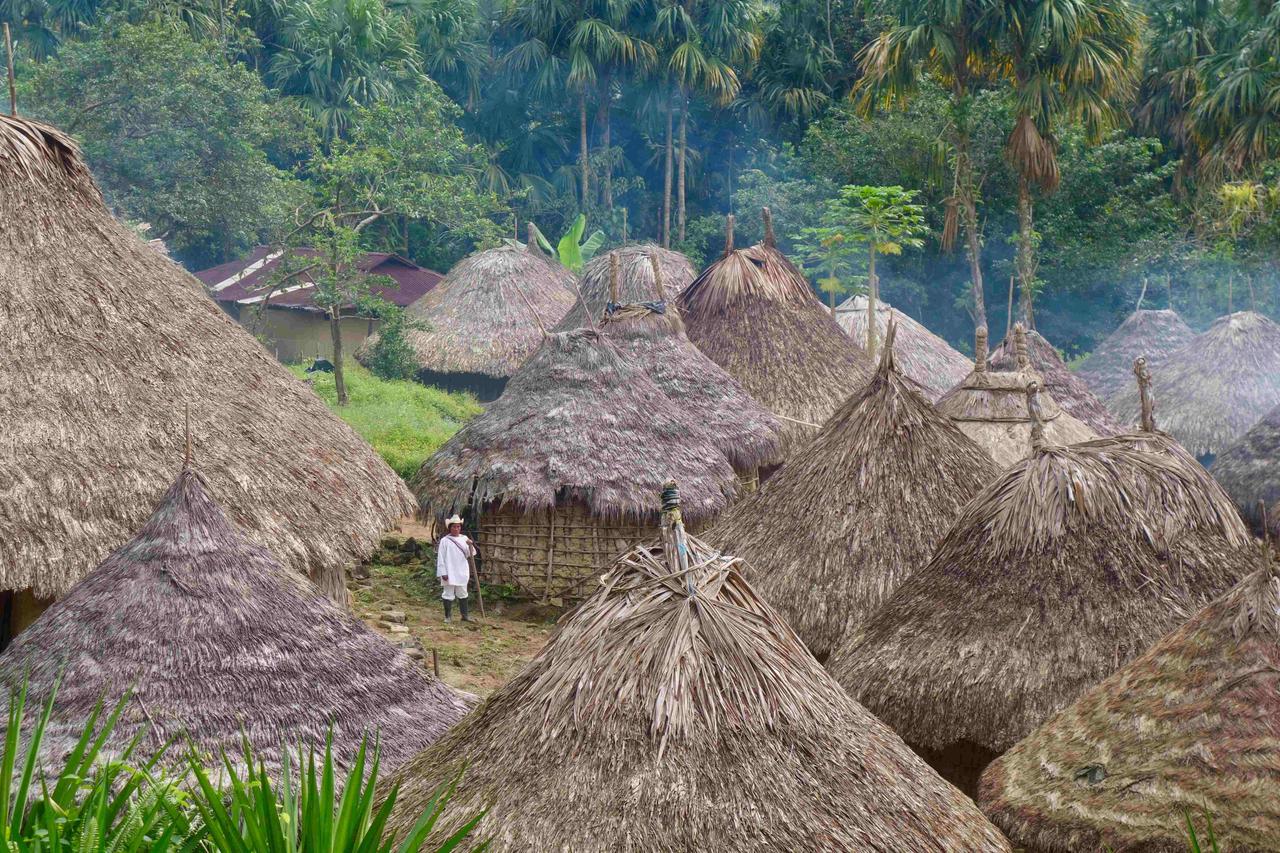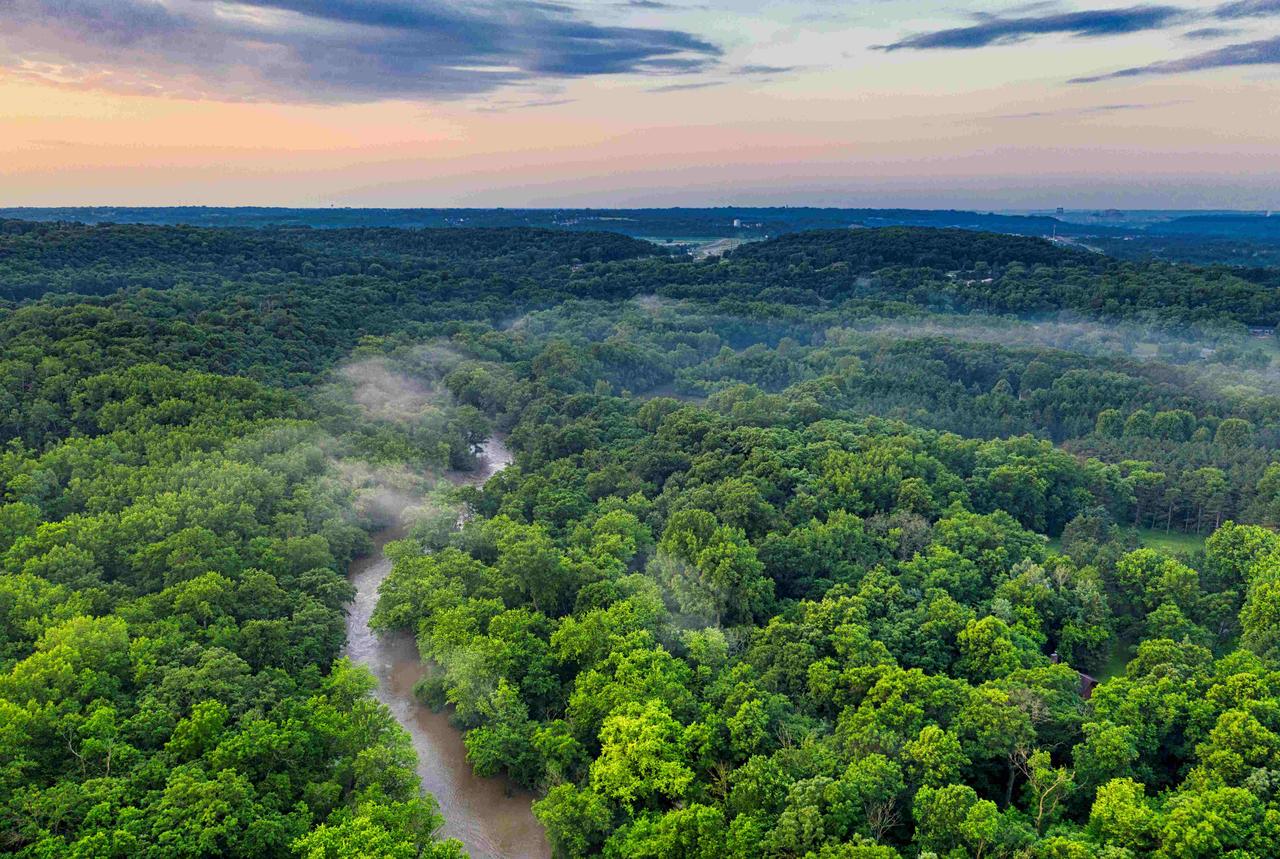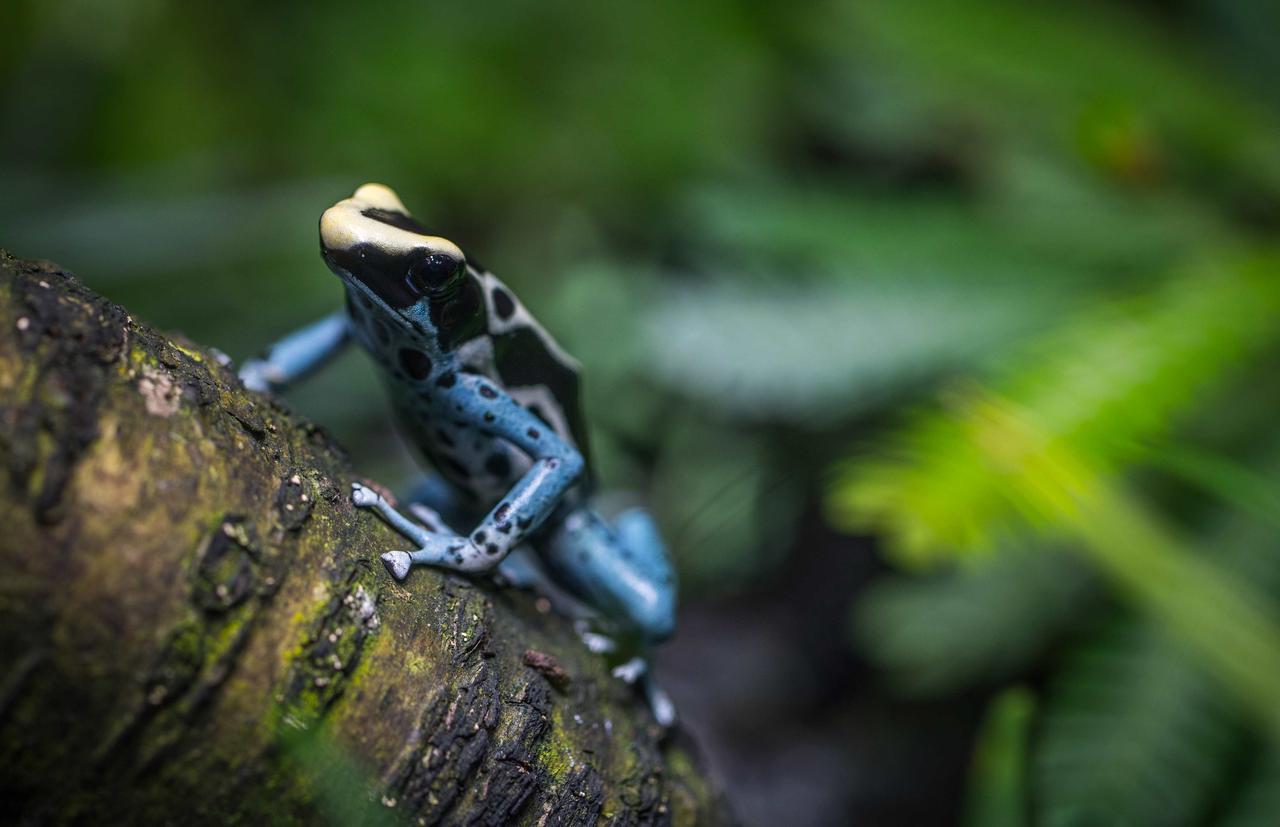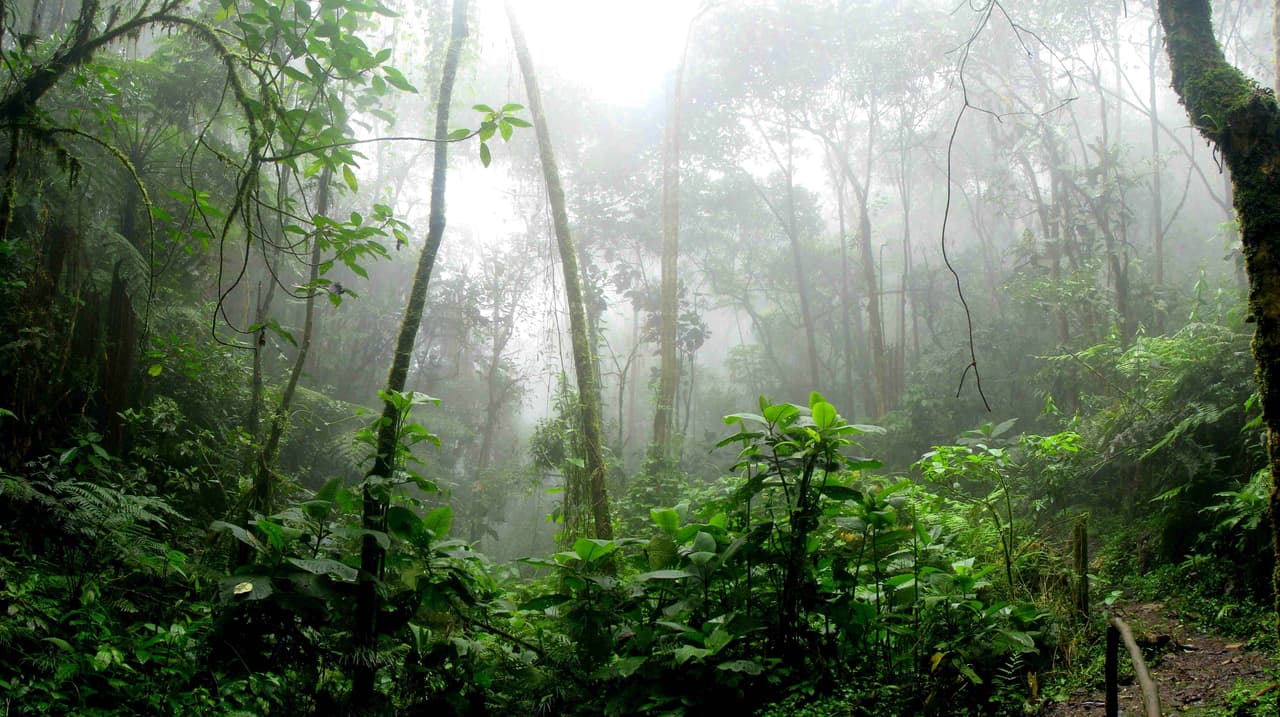
The endangered mountain gorilla, or gorilla beringei beringei, is one of the two subspecies of the eastern gorilla. It is listed as endangered by the IUCN and is threatened by habitat loss and indirect poaching.
Mountain gorillas are incredibly social primates, generally living in family groups led by one dominant silverback male, but also often include subordinant silverbacks, which is unique to mountain gorillas.

They play an important role in the ecosystem because of their diet; they are predominantly plant-based and large-scale grazers of vegetation. Without mountain gorillas, their local environment could be negatively impacted from a disbalance in the food chain.
Mountain gorilla Facts
- The population of the mountain gorillas is about only 1,063 individuals.
- These gorillas live in the mountainous regions of Uganda, Rwanda, and the DR Congo. Known for their dense fur, mountain gorillas are well-adapted to the cold climates of the Virunga volcanic mountains and Bwindi Impenetrable National Park.
- Mountain gorillas have a life expectancy of 35 to 40 years.
- The other subspecies of the eastern gorilla is the Grauer's gorilla.

Who and how is now protecting mountain gorillas?
Mountain gorillas have been monitored and studied closely since 1967, when Dr. Dian Fossey began her work. She started the process of habituating them to the presence of human observers, so that she could closely observe and document their behaviors, diet, habitat needs, and other important information. Today, the Dian Fossey Gorilla Fund protects mountain gorillas. Their trackers and researchers protect roughly half of all the mountain gorilla group families in Rwanda.
Each morning, Fossey Fund trackers locate their assigned gorilla group by finding where the gorillas built their night nests and then following the trail of crushed vegetation left behind as the group moved away in the morning. After finding the group and recording its location, trackers locate each individual in the group and record information on general appearance and health, and any change in group composition due to births, deaths, immigration or emigration, in order to track the population’s dynamics. In addition, Fossey Fund researchers collect detailed information on behavior for the long-term gorilla research database and specific studies. This type of detailed data collection is possible because the gorillas are accustomed to human presence – what scientists call “habituated.”
In Rwanda, the Fossey Fund also has dedicated anti-poaching teams, which patrol specific sectors of the gorilla habitat to look for and guard against illegal activities in the forest, especially poacher activity, such as snares set to entrap animals. These snares are intended for antelopes and small game animals, but they can cause serious injury or death to gorillas as well.
How can you help? Donate now!
You will financially support the conservation activities of the Dian Fossey Gorilla Fund. A globally recognized organization founded in 1967 by Dr. Dian Fossey.











